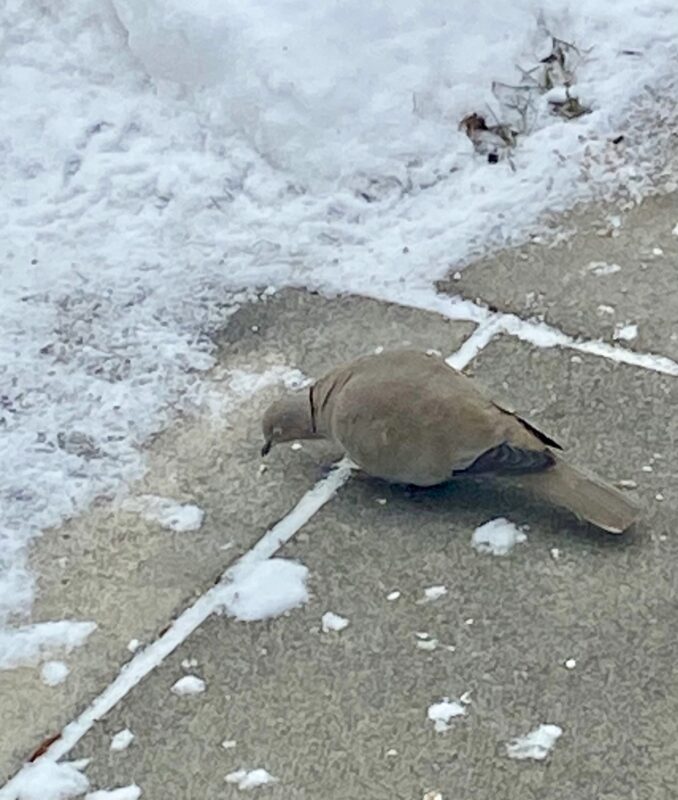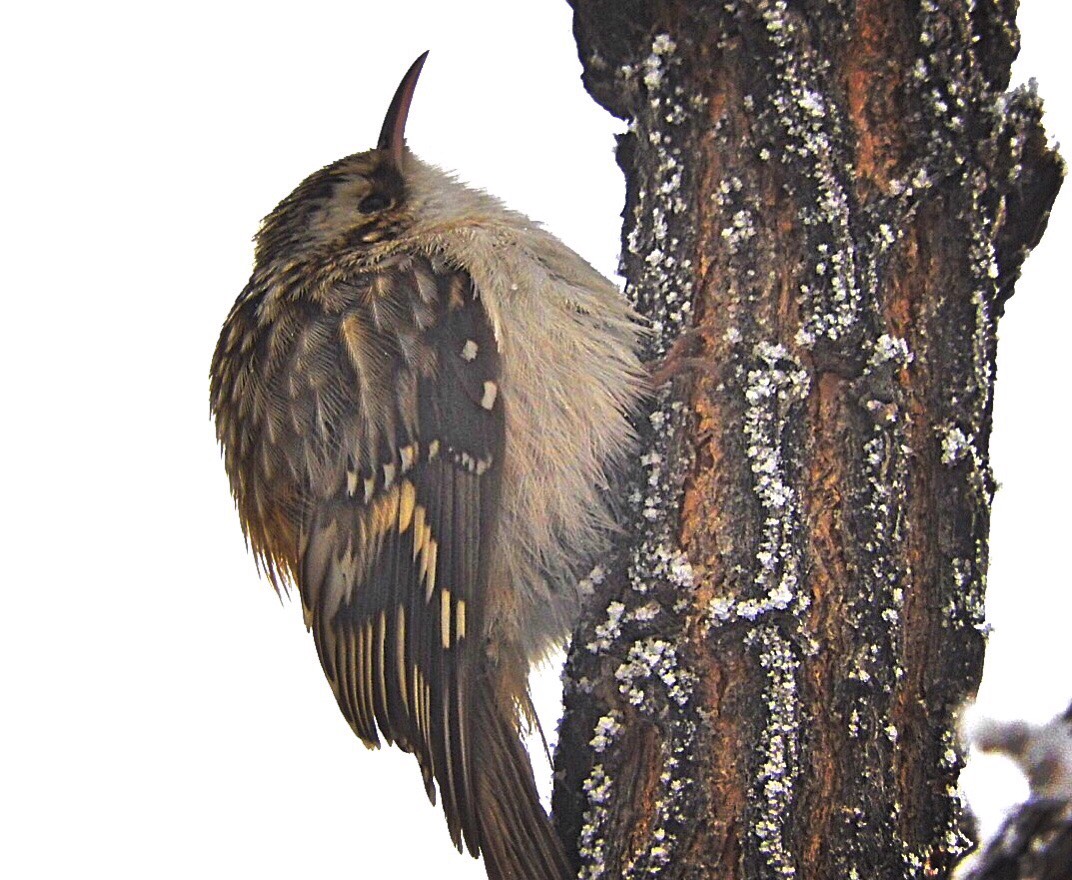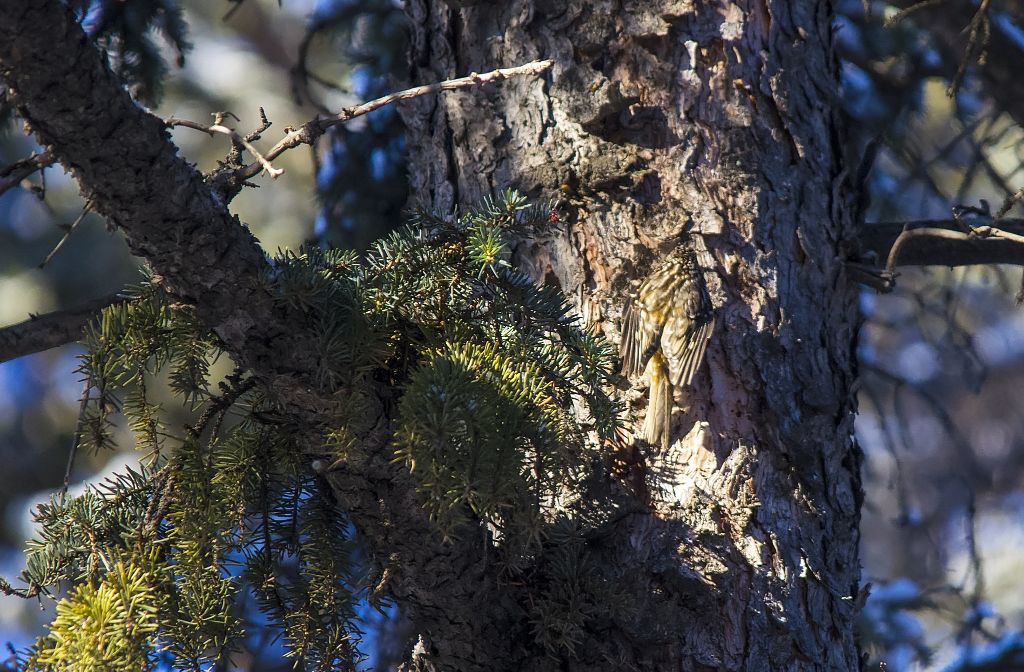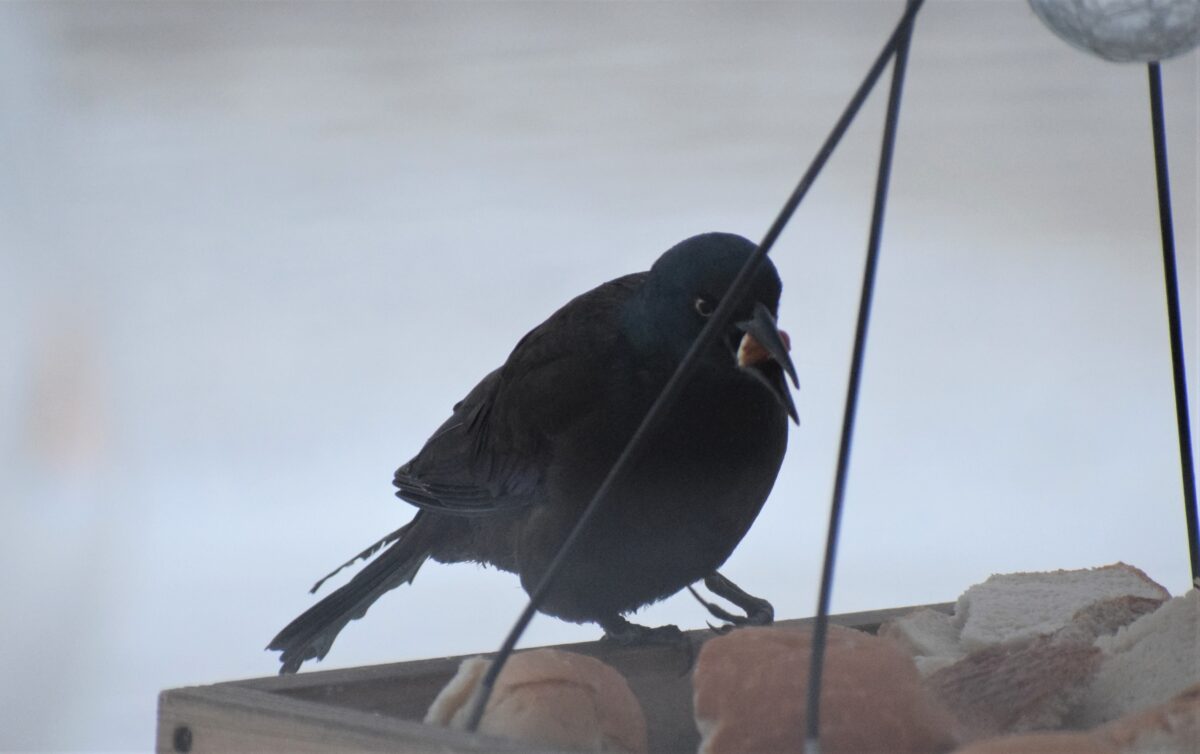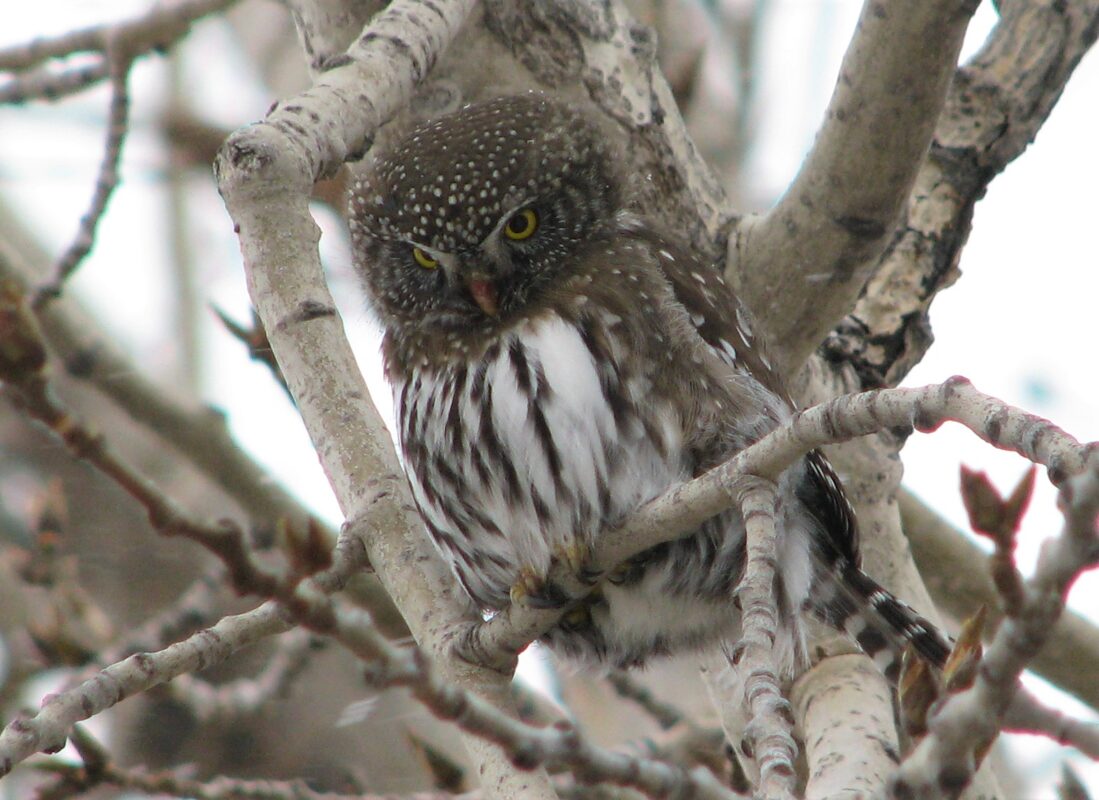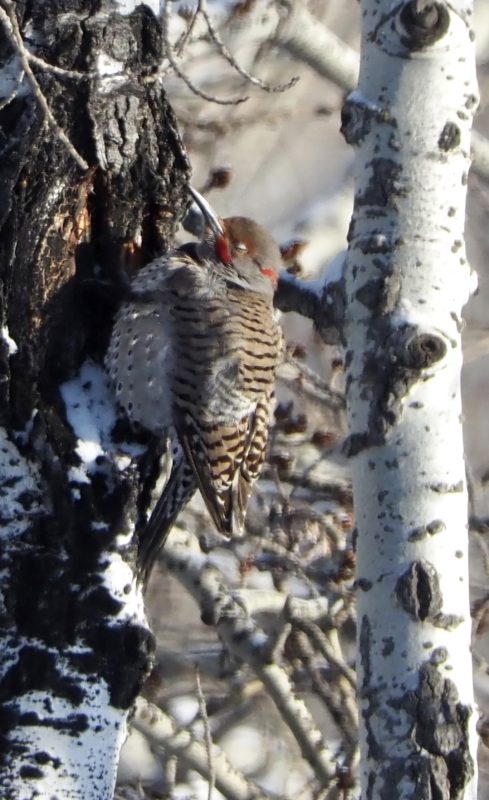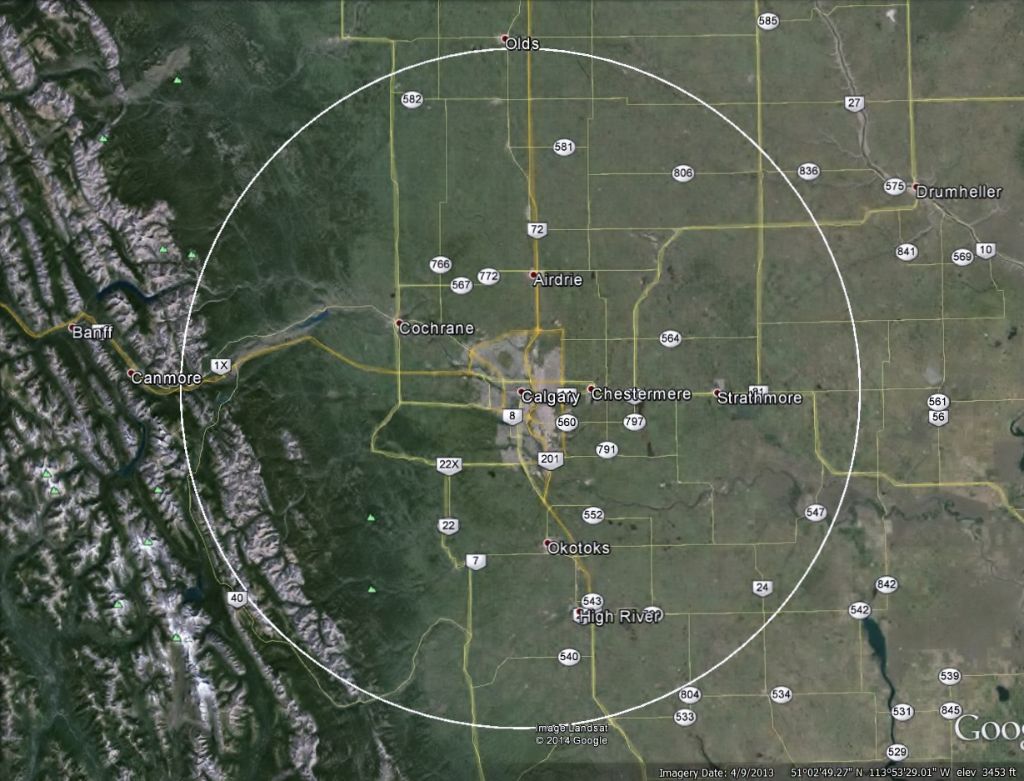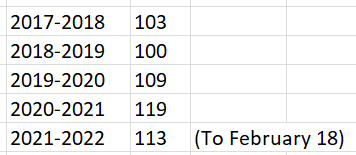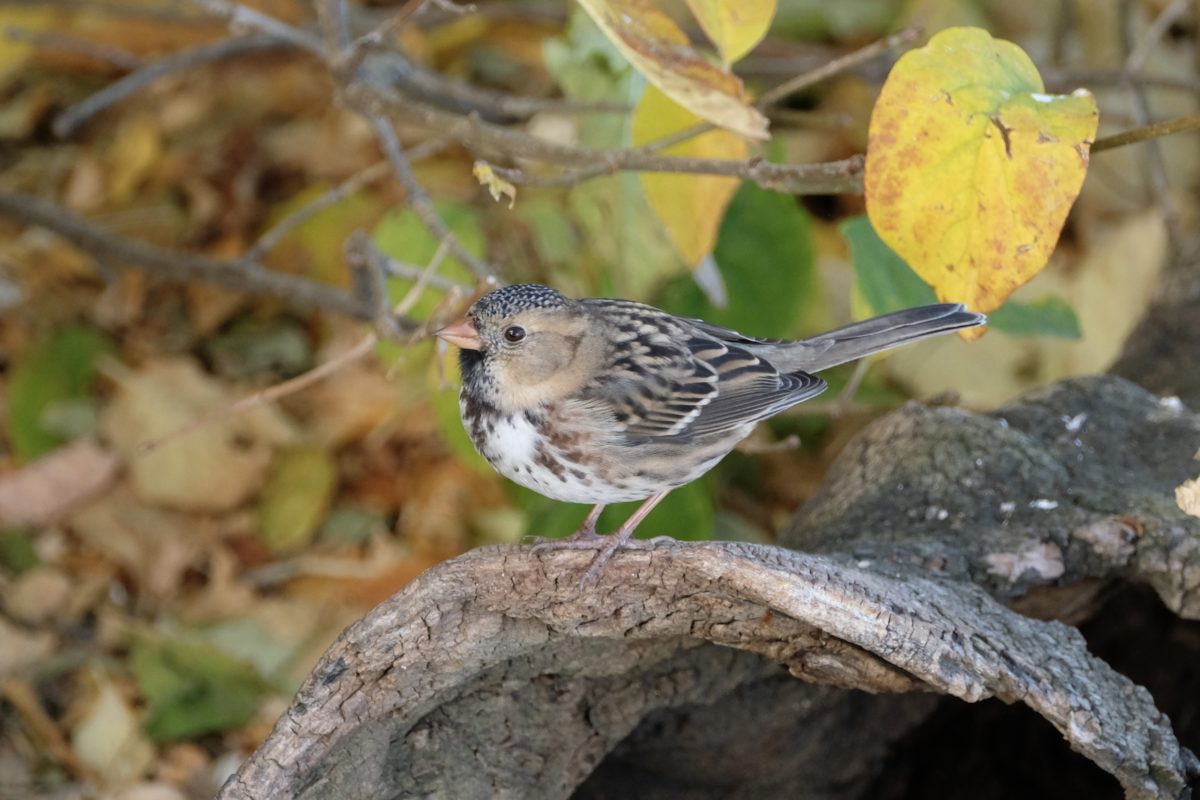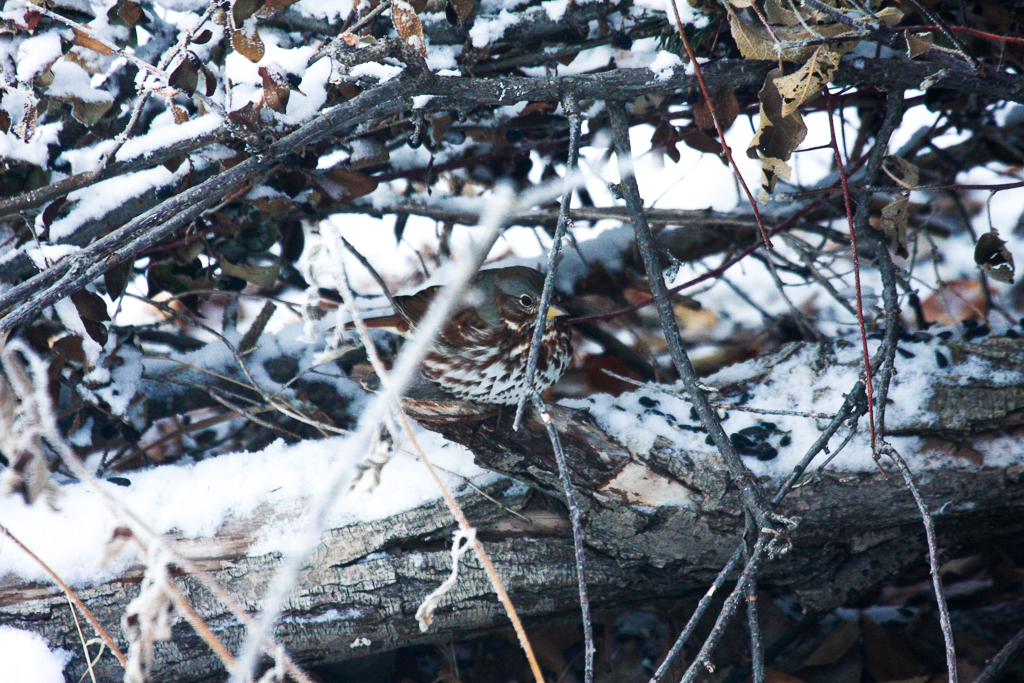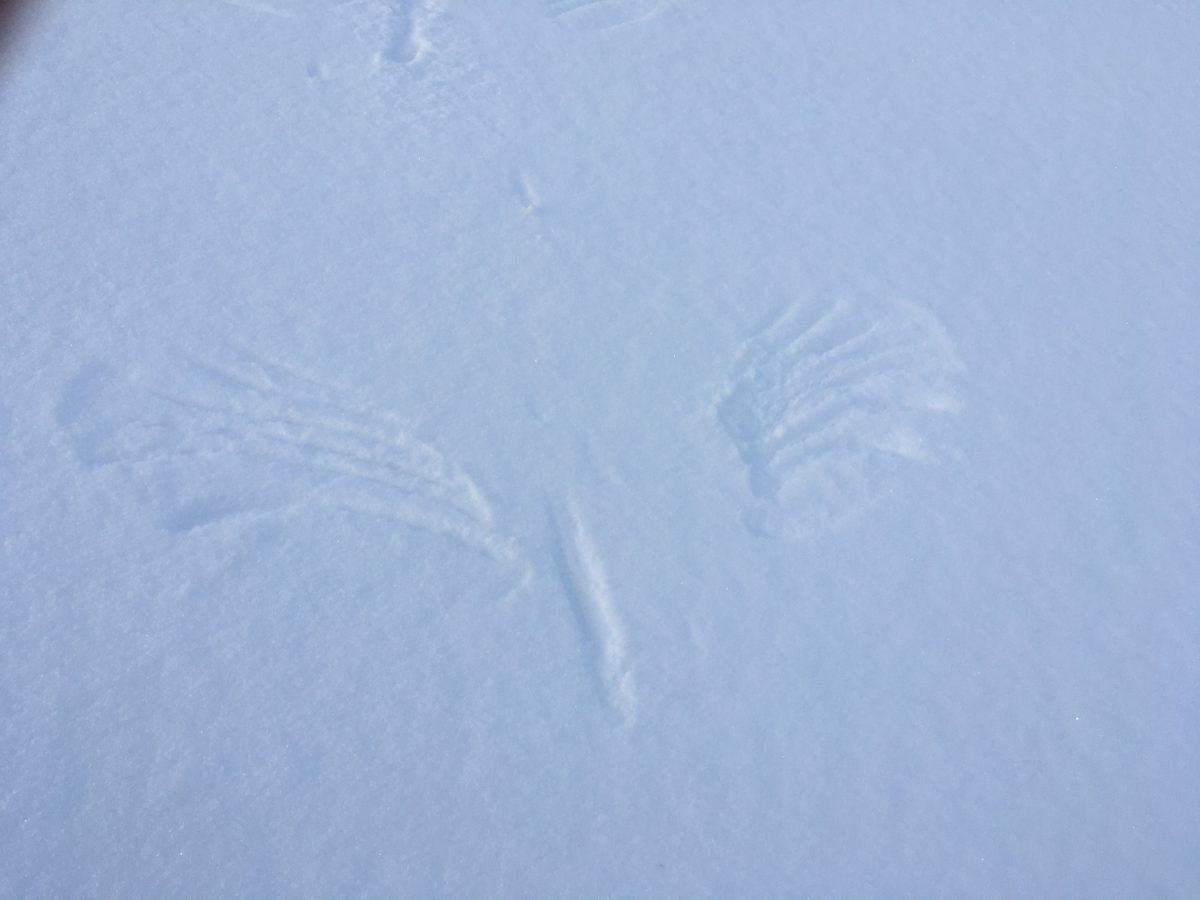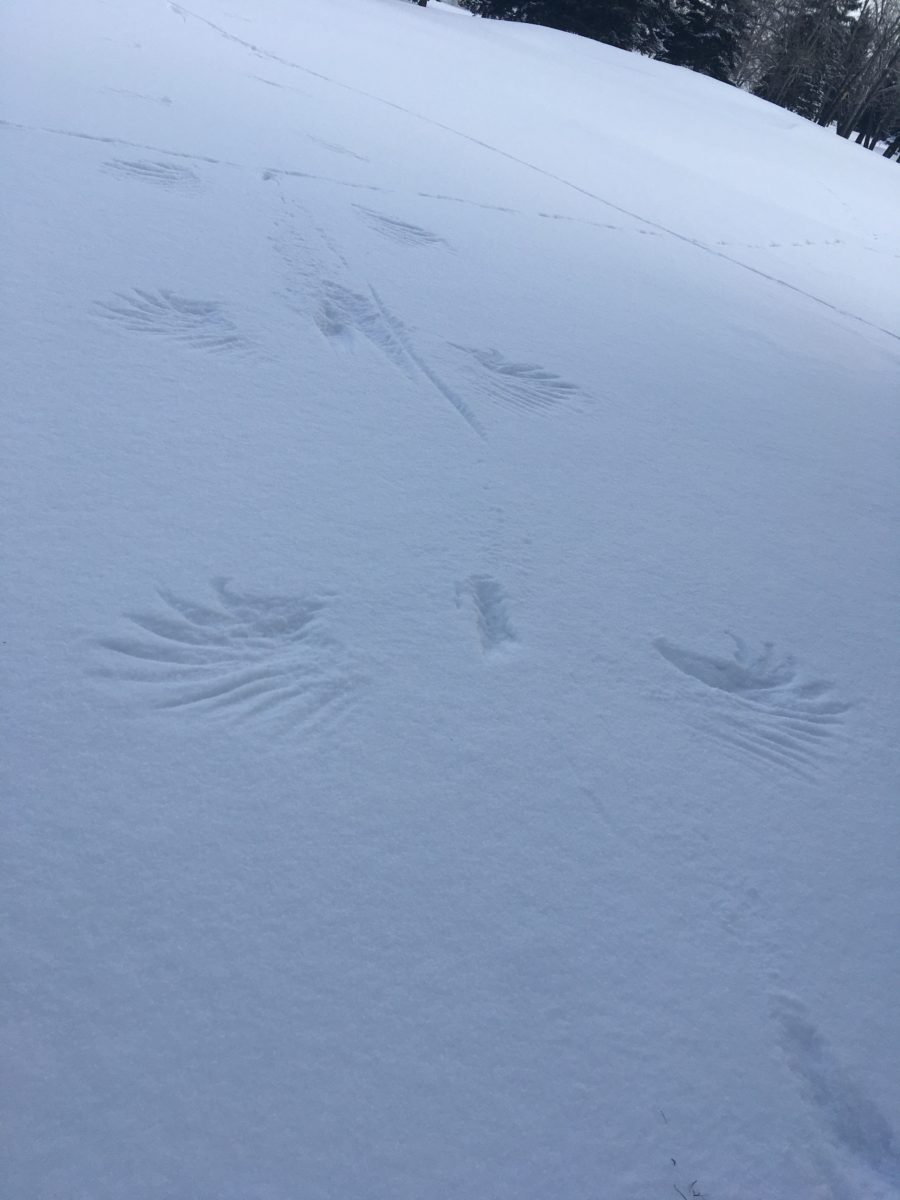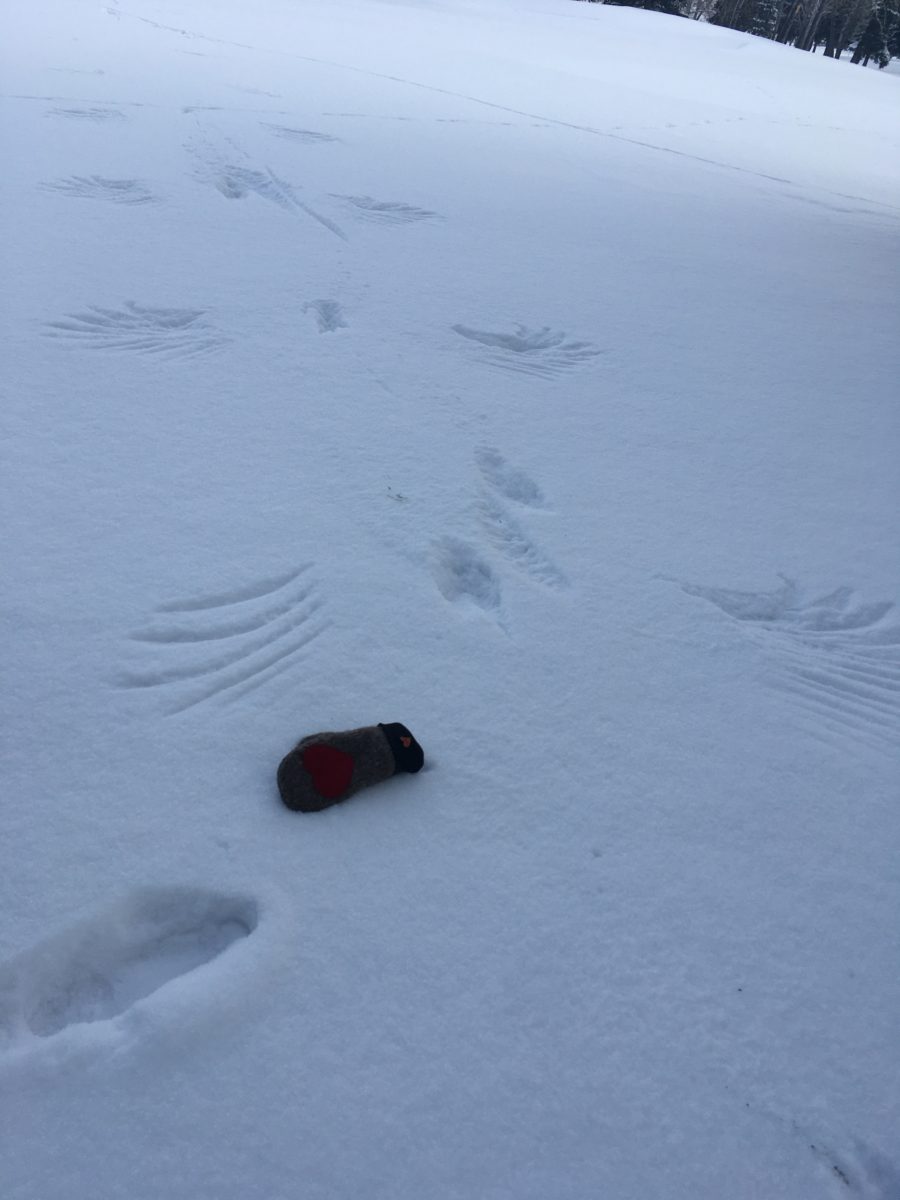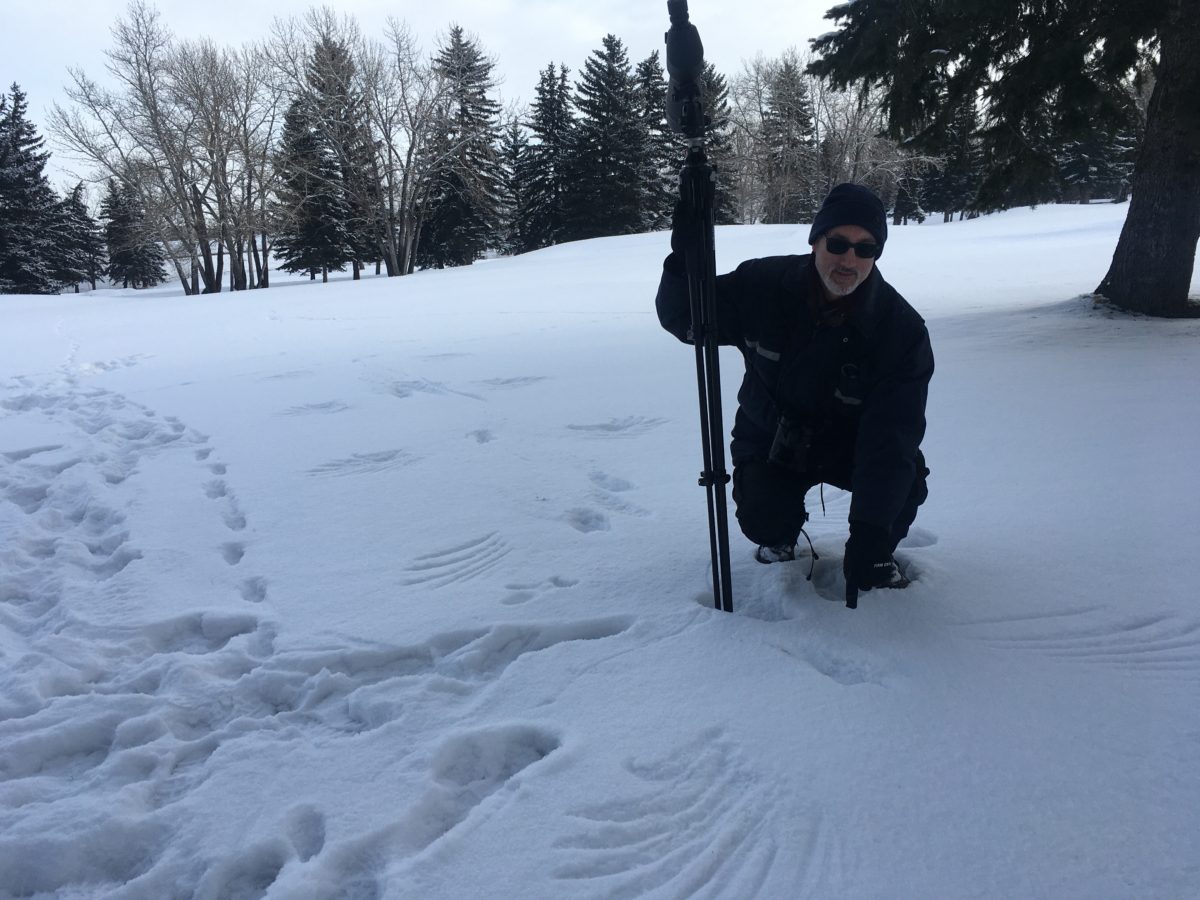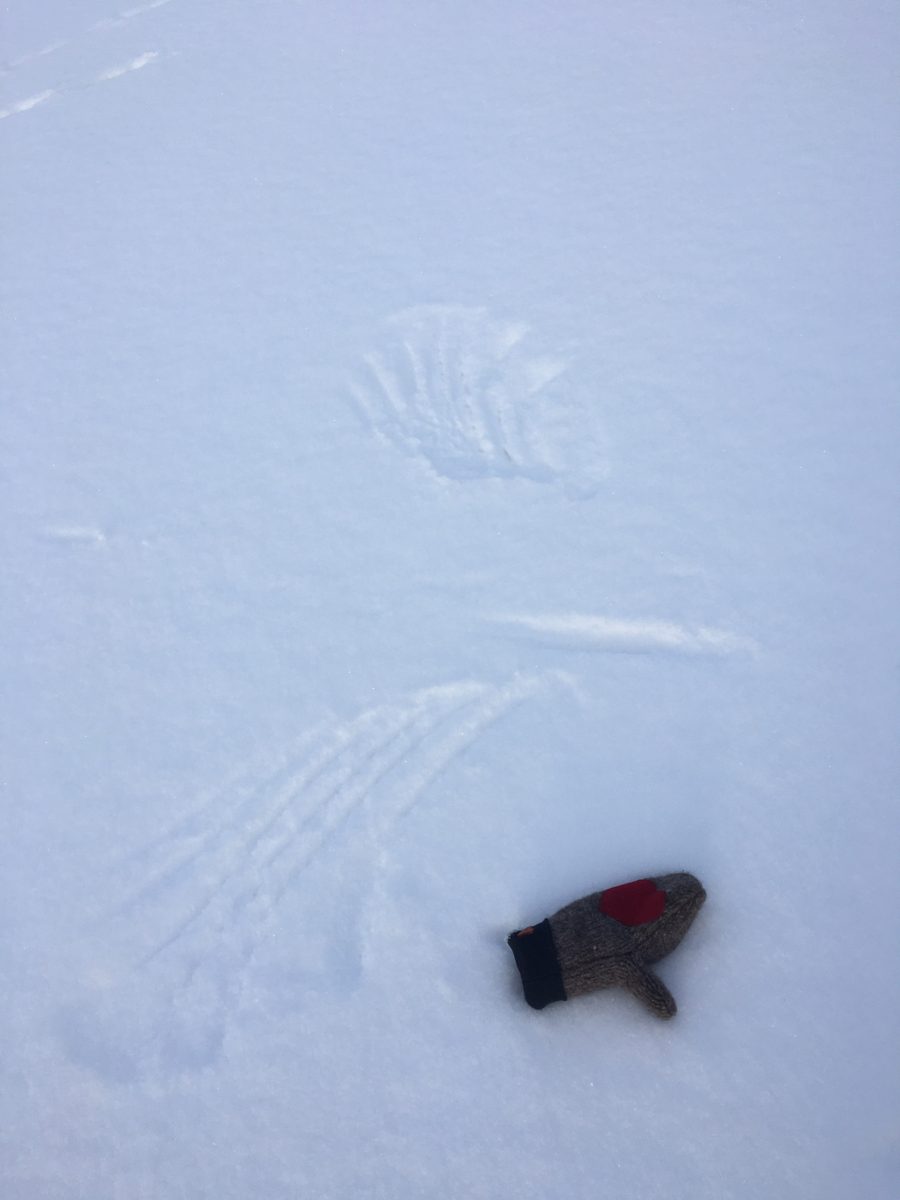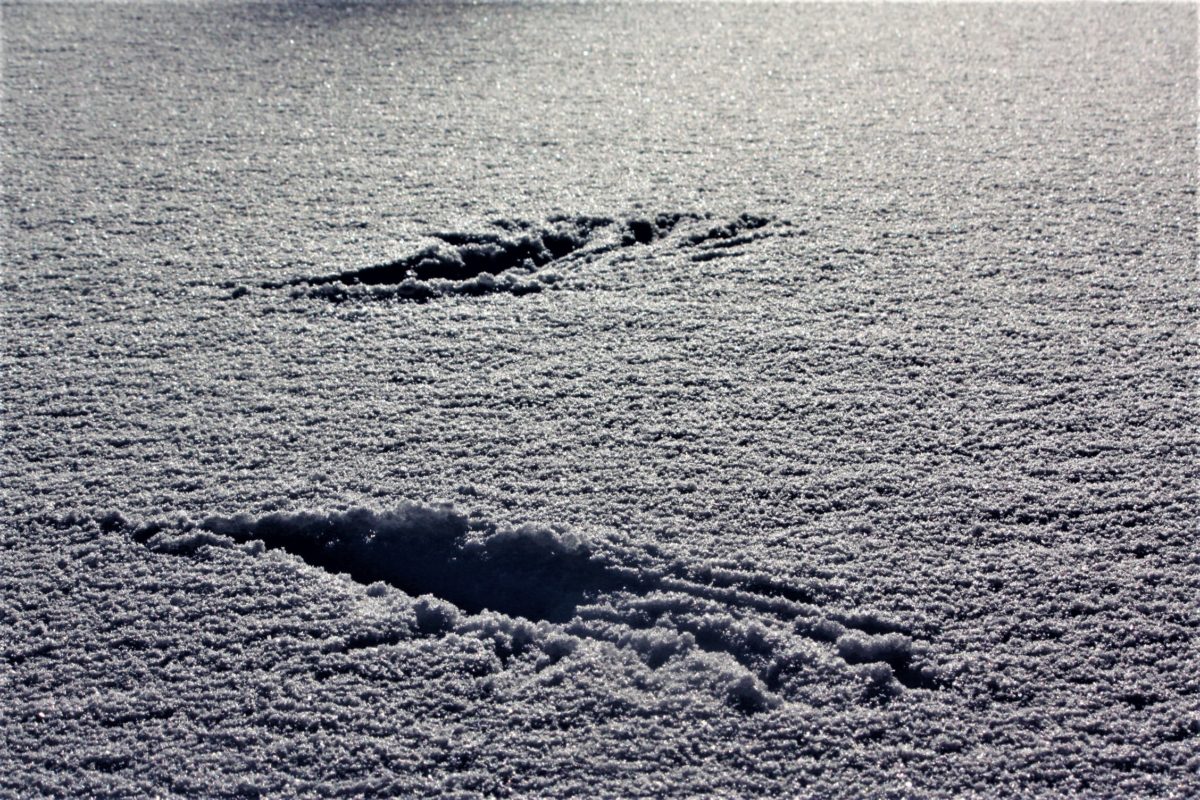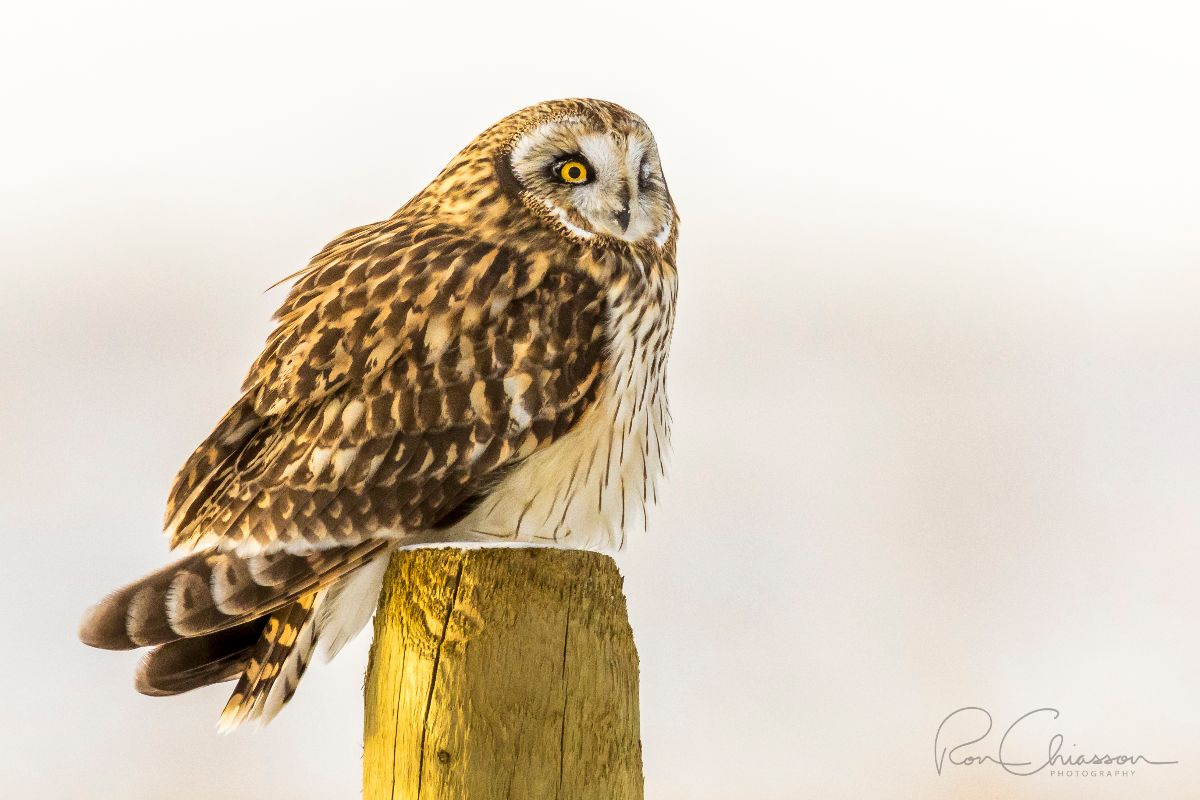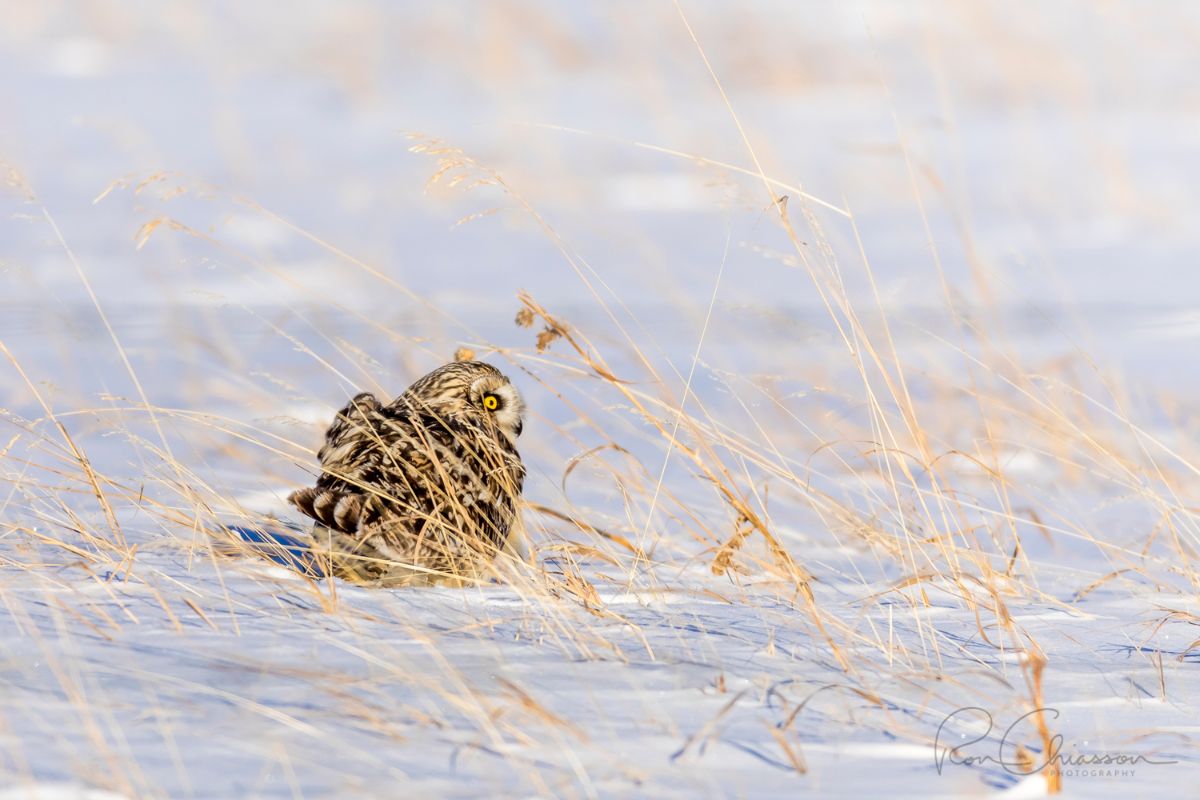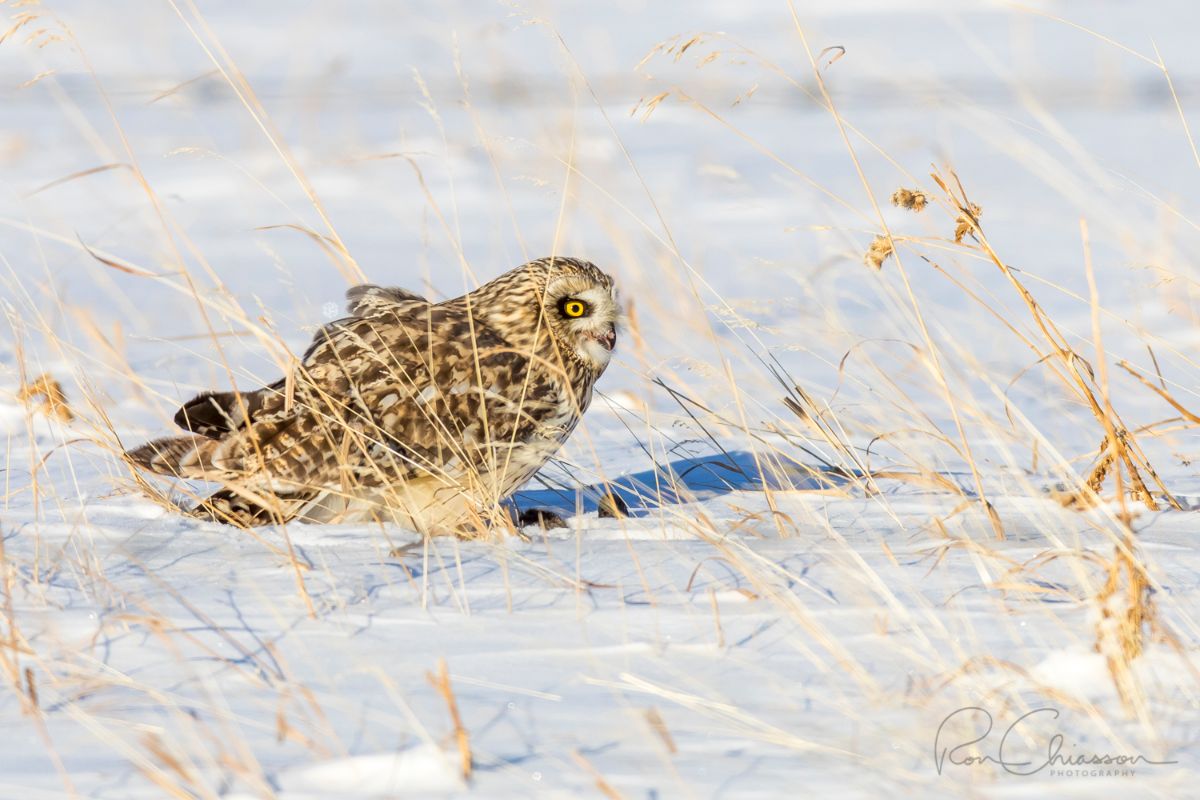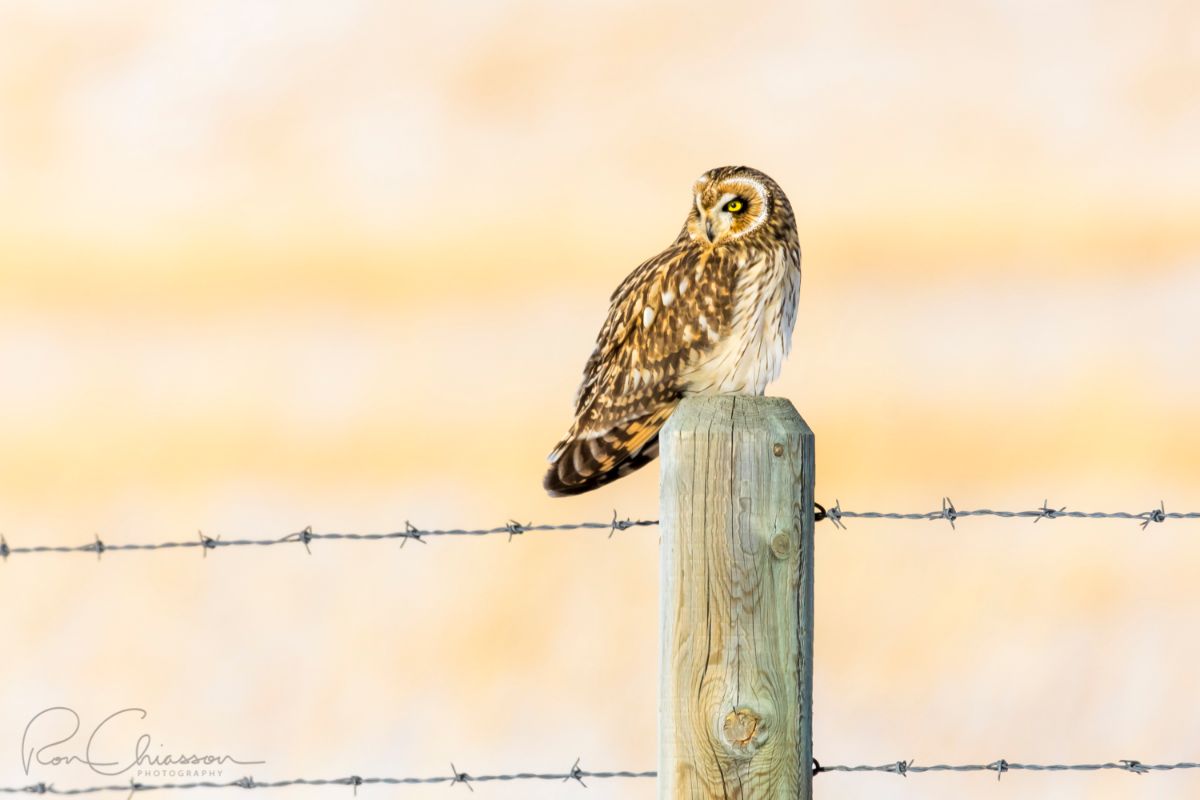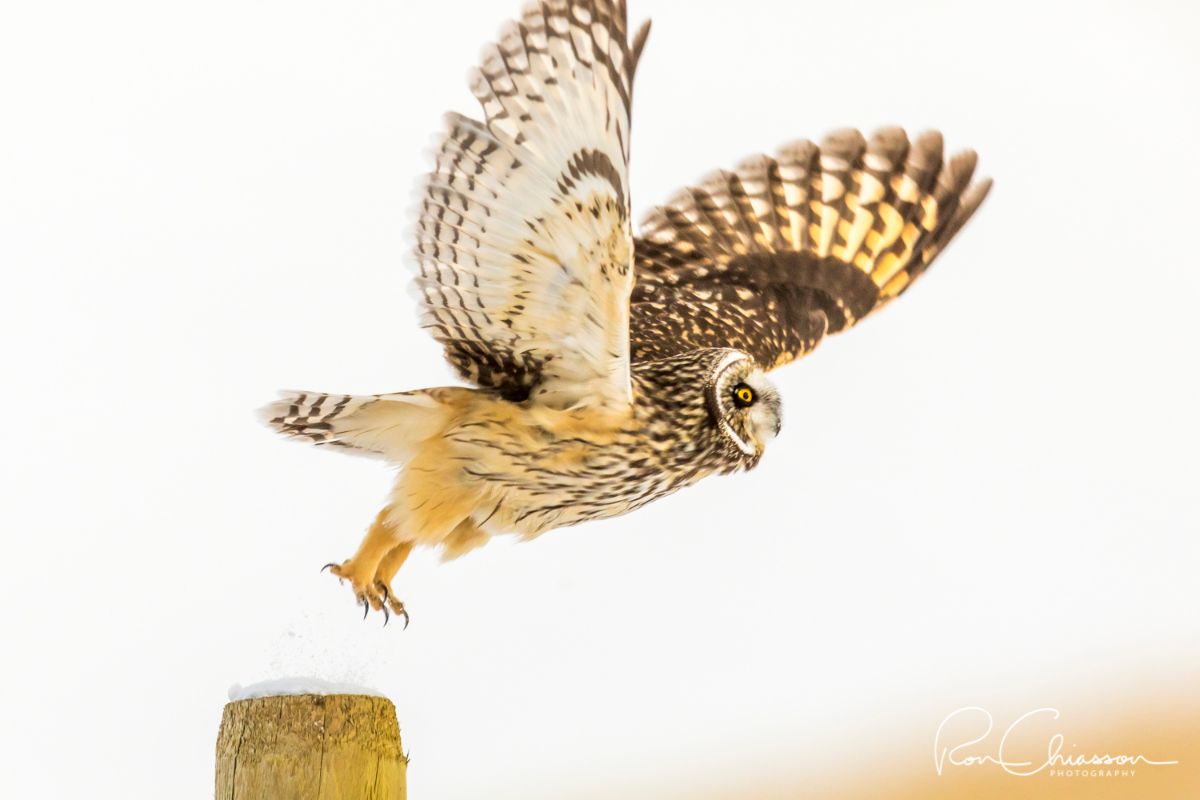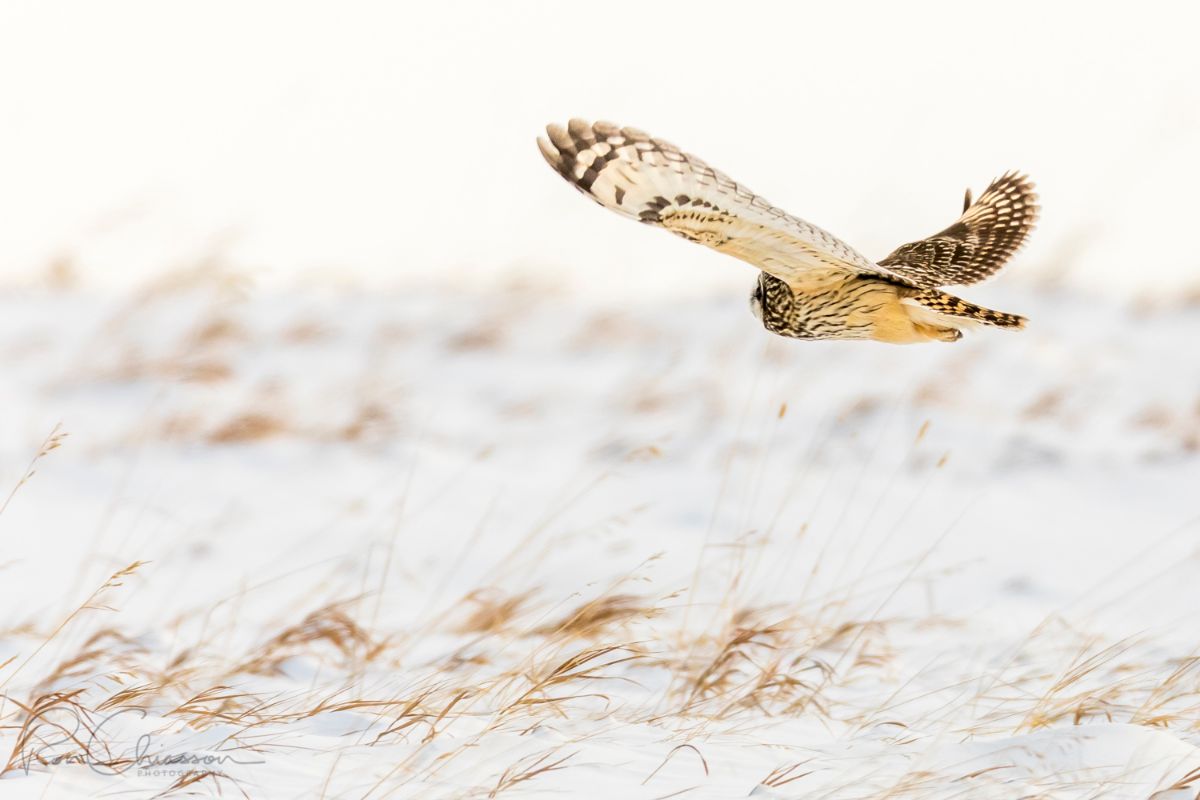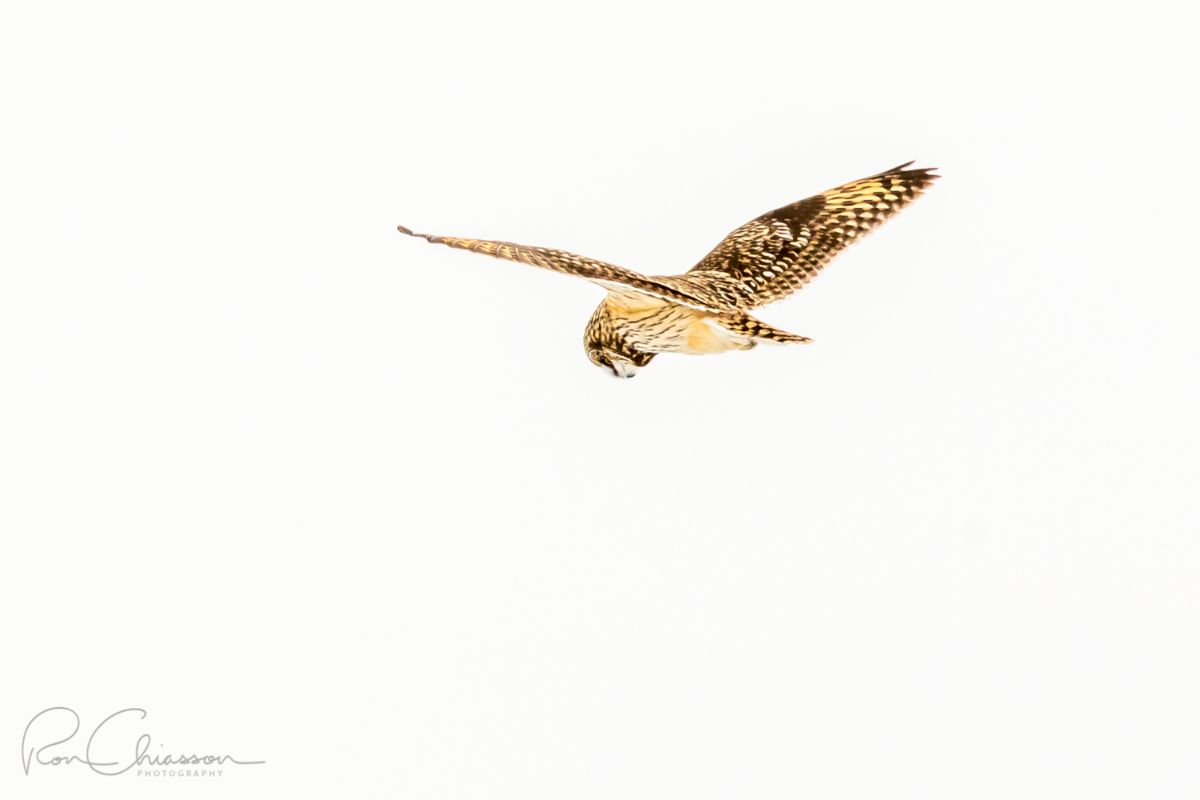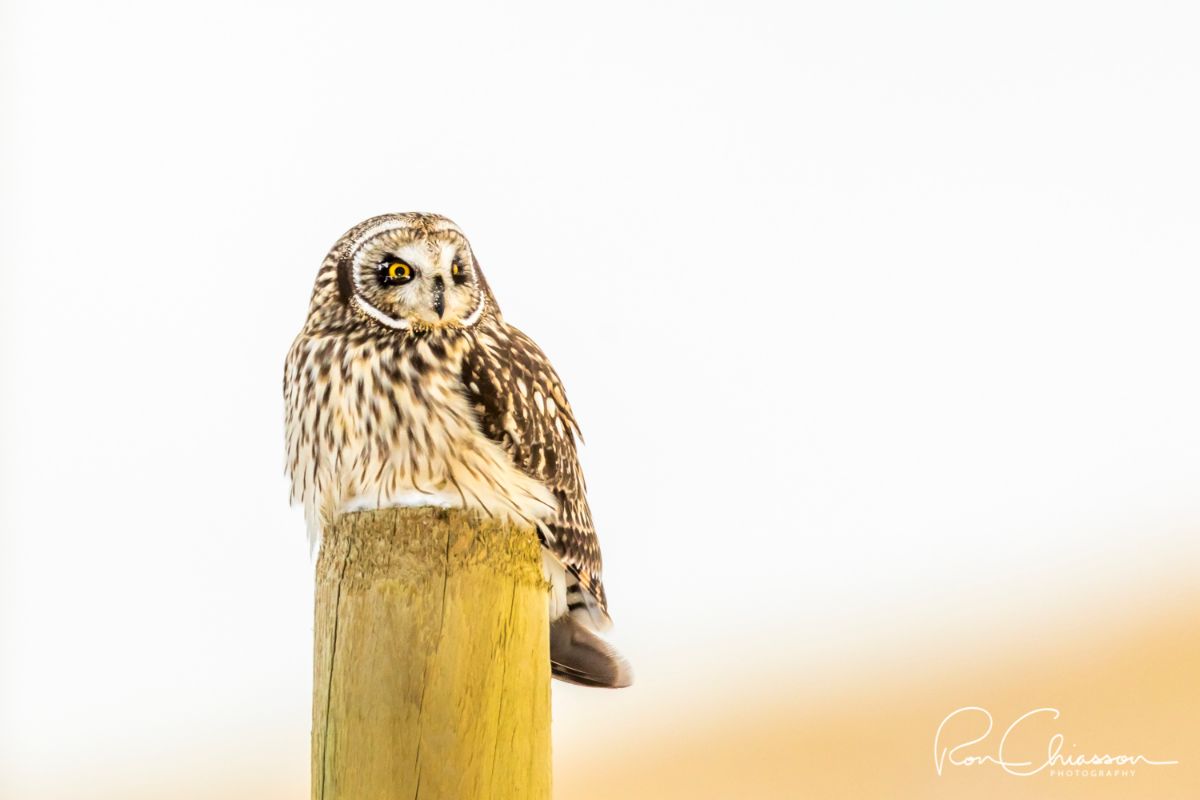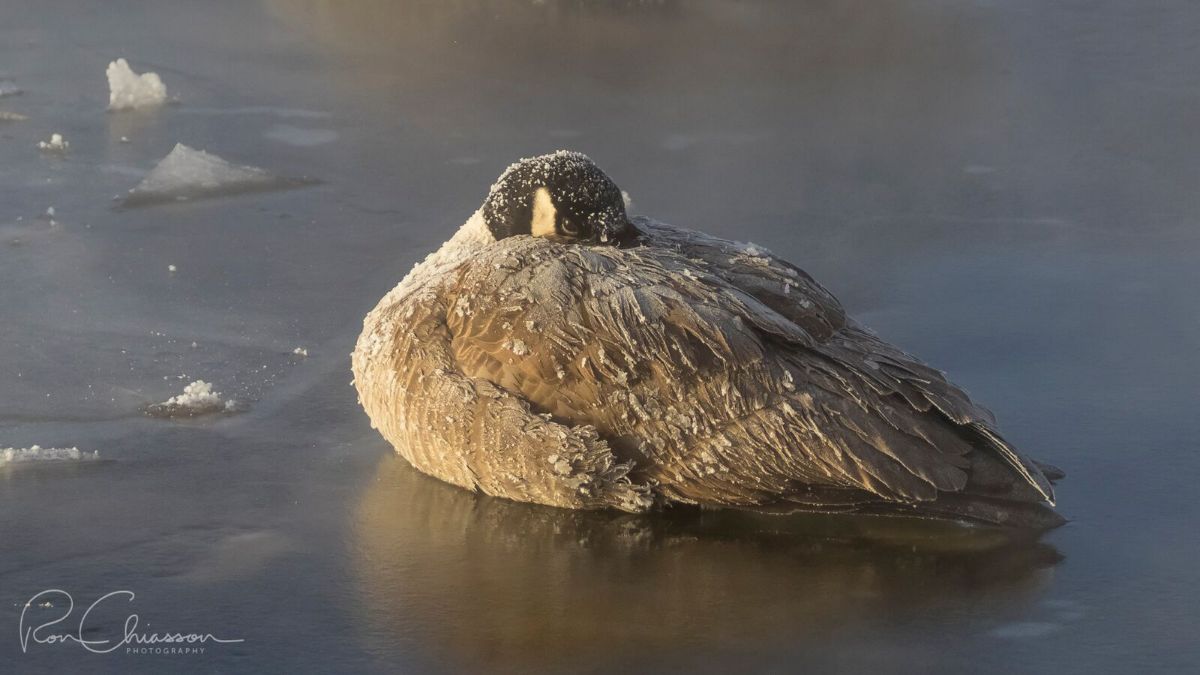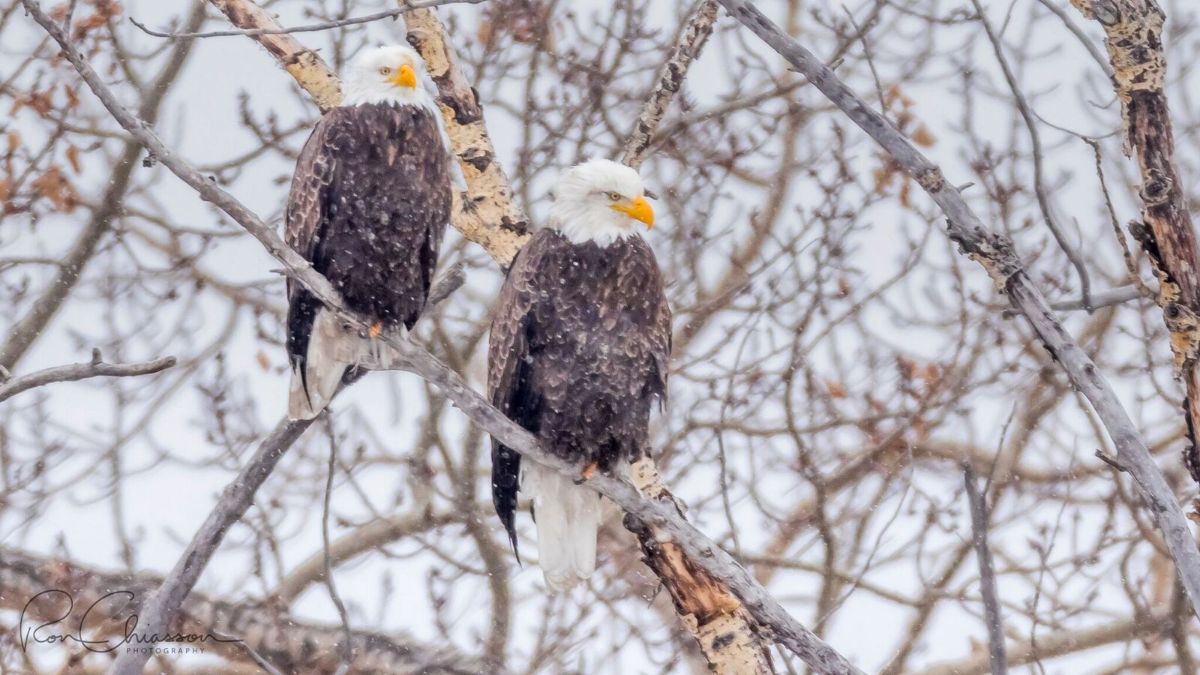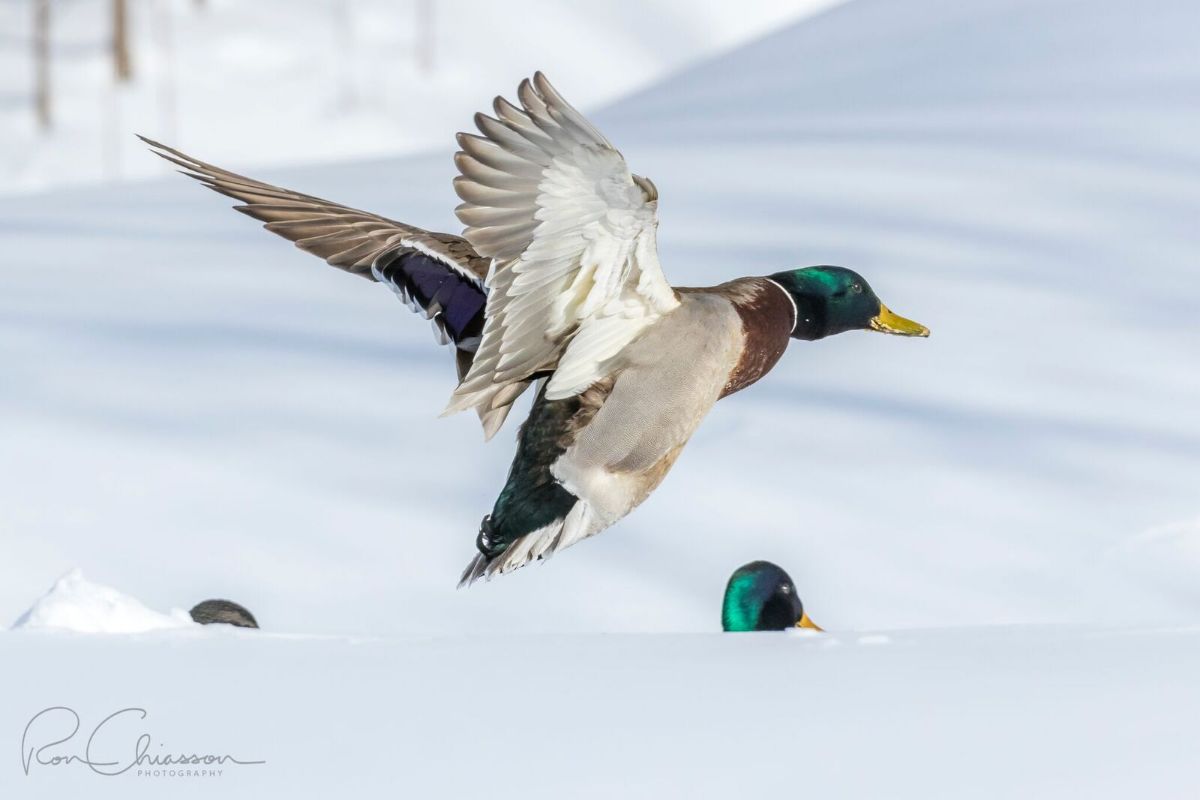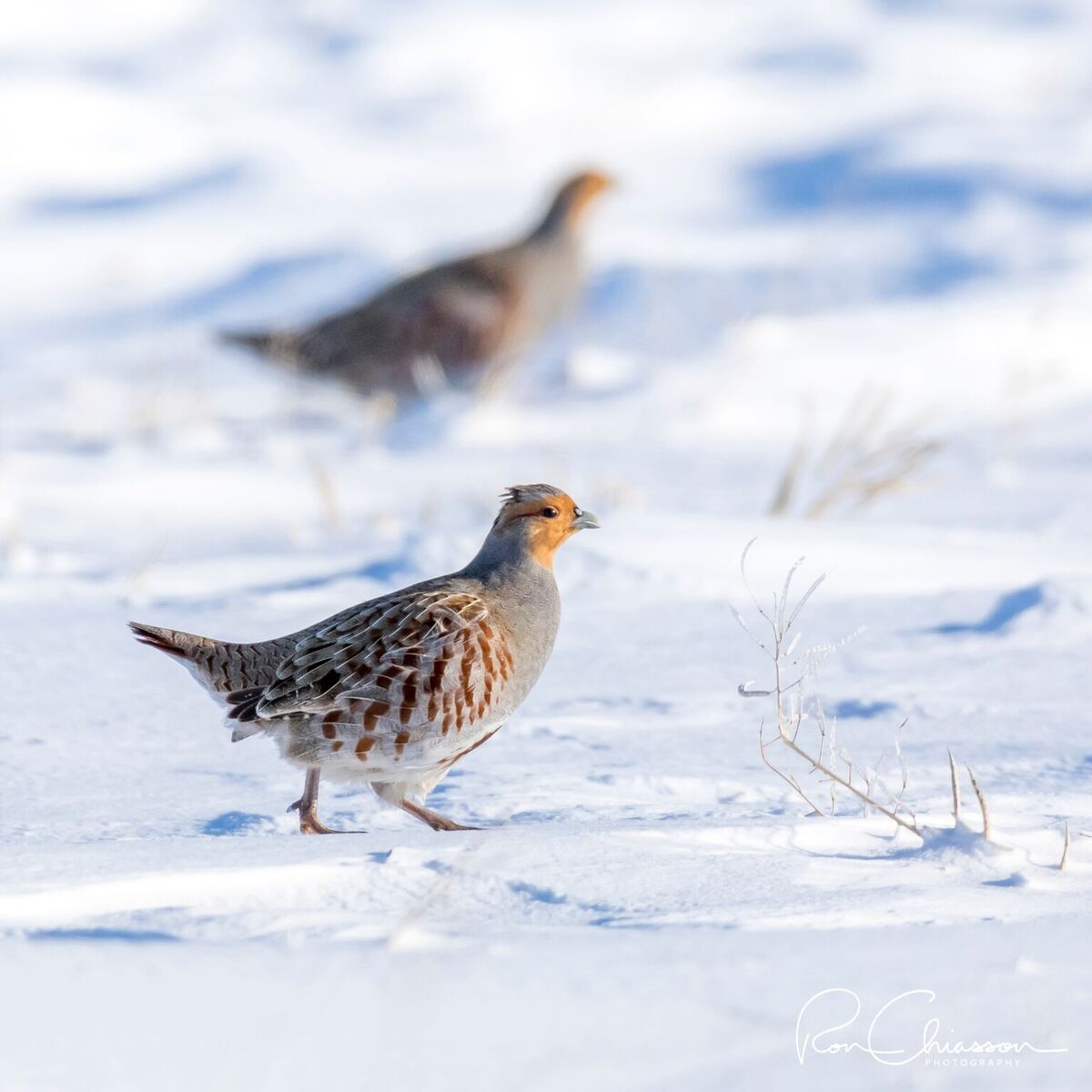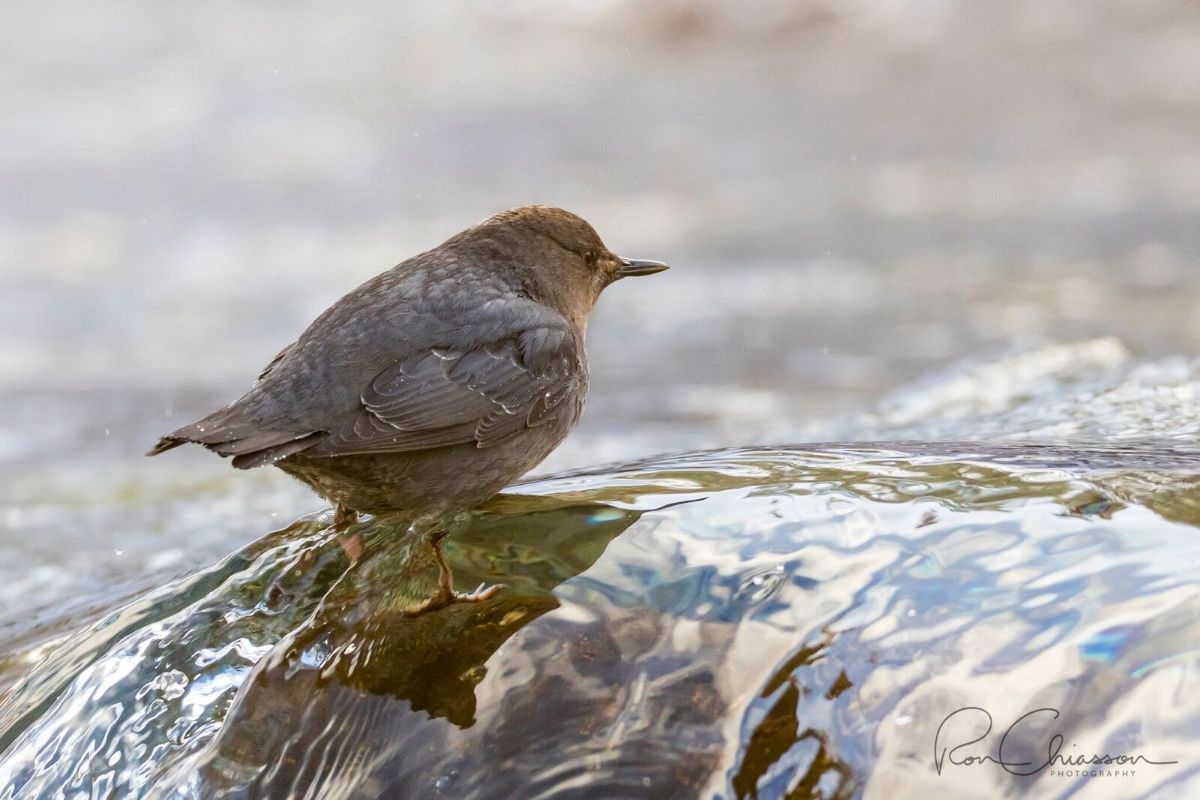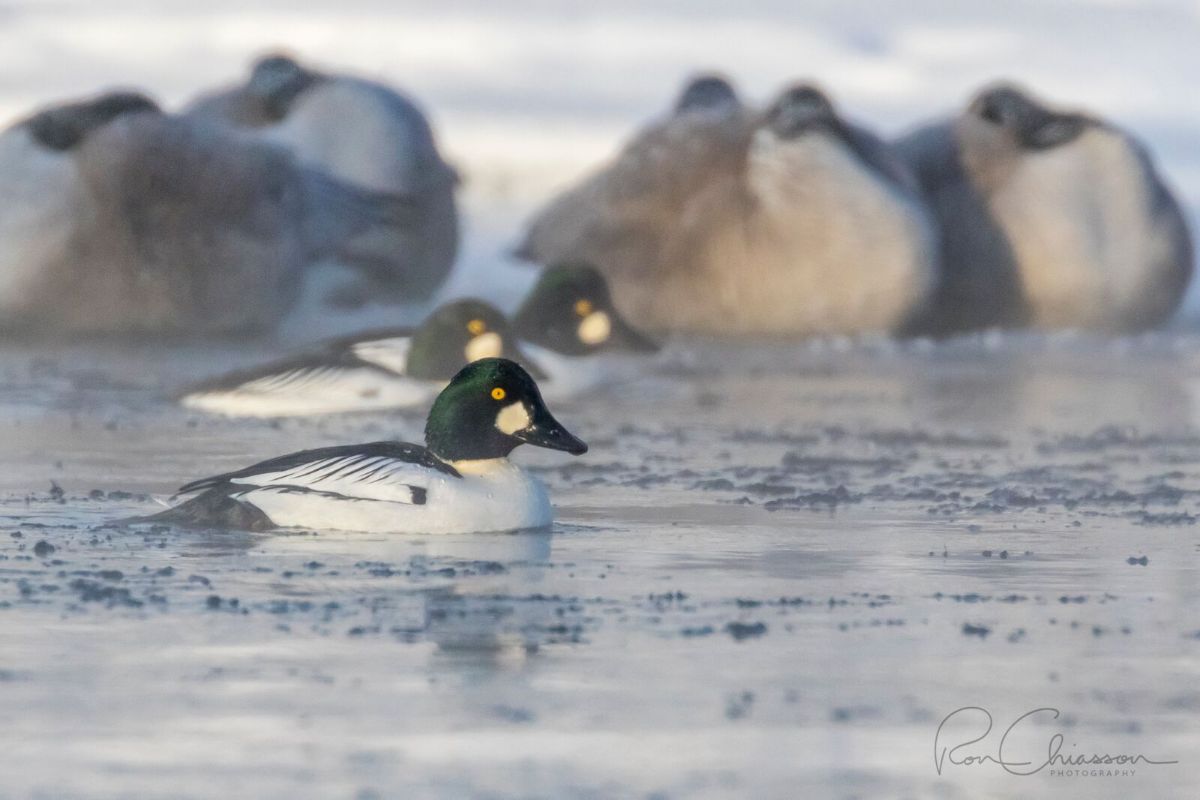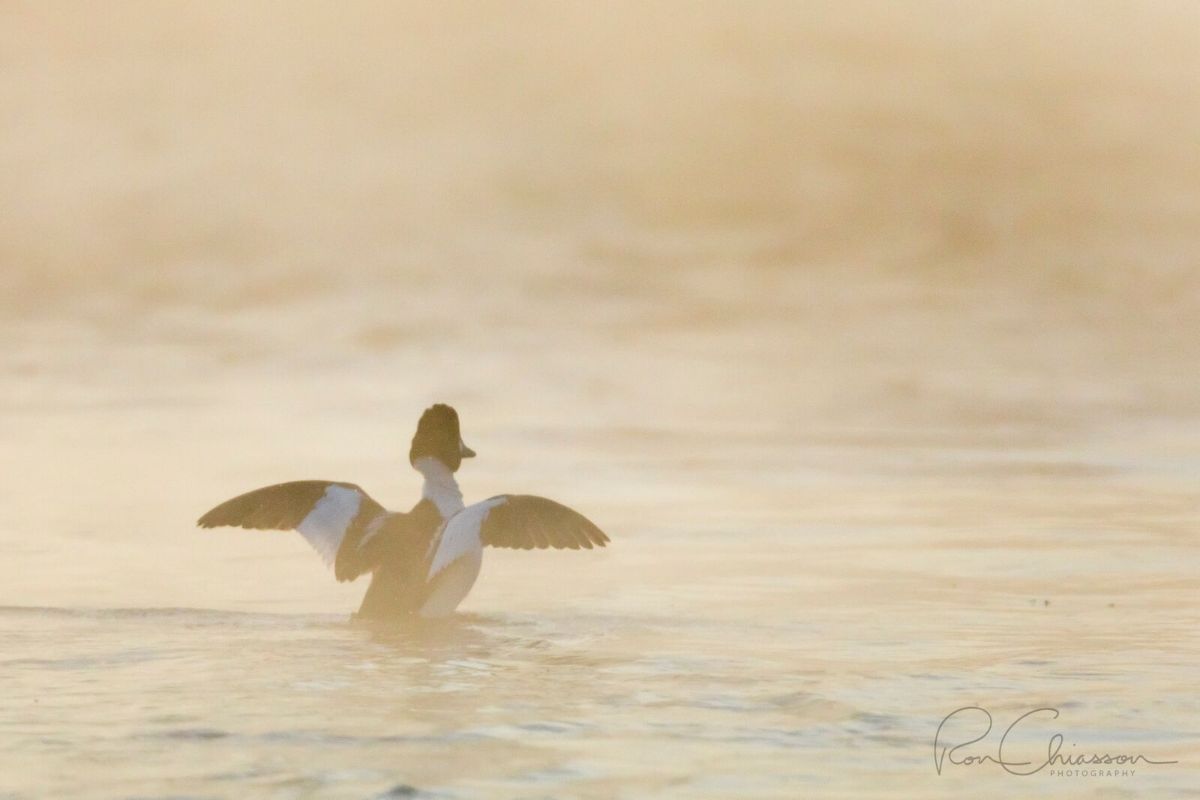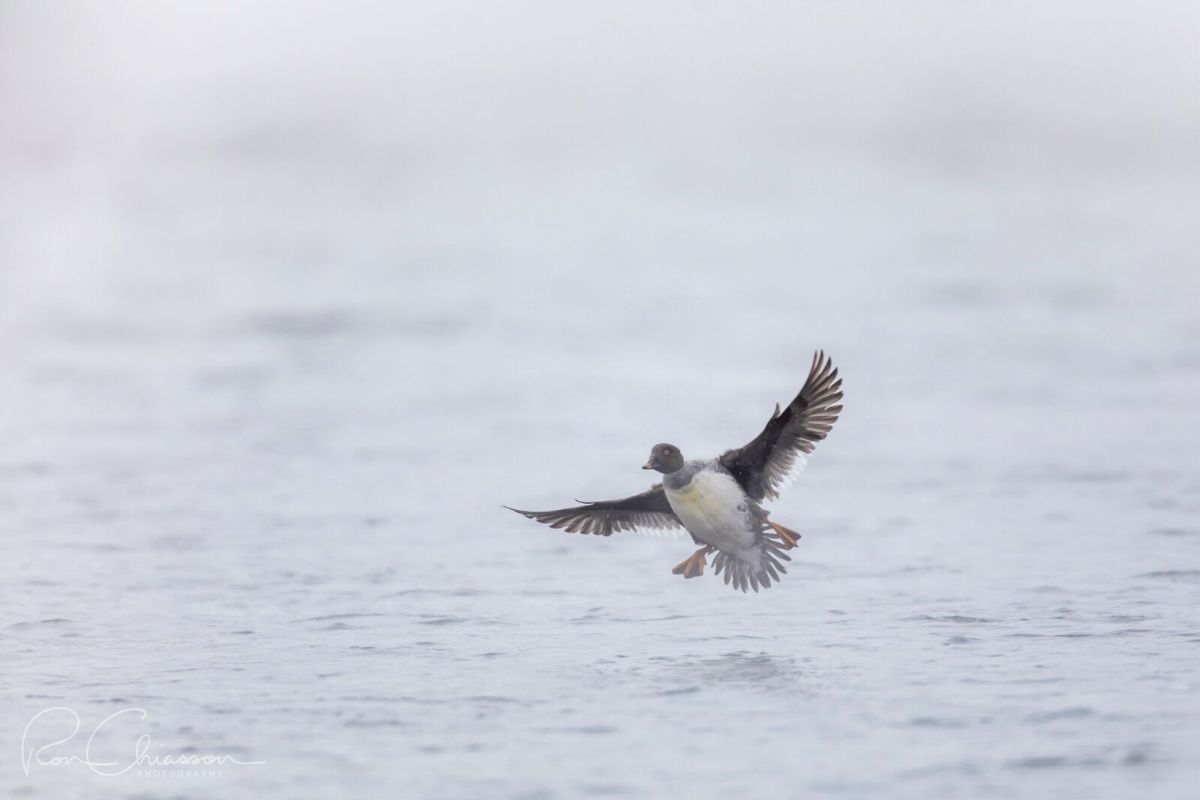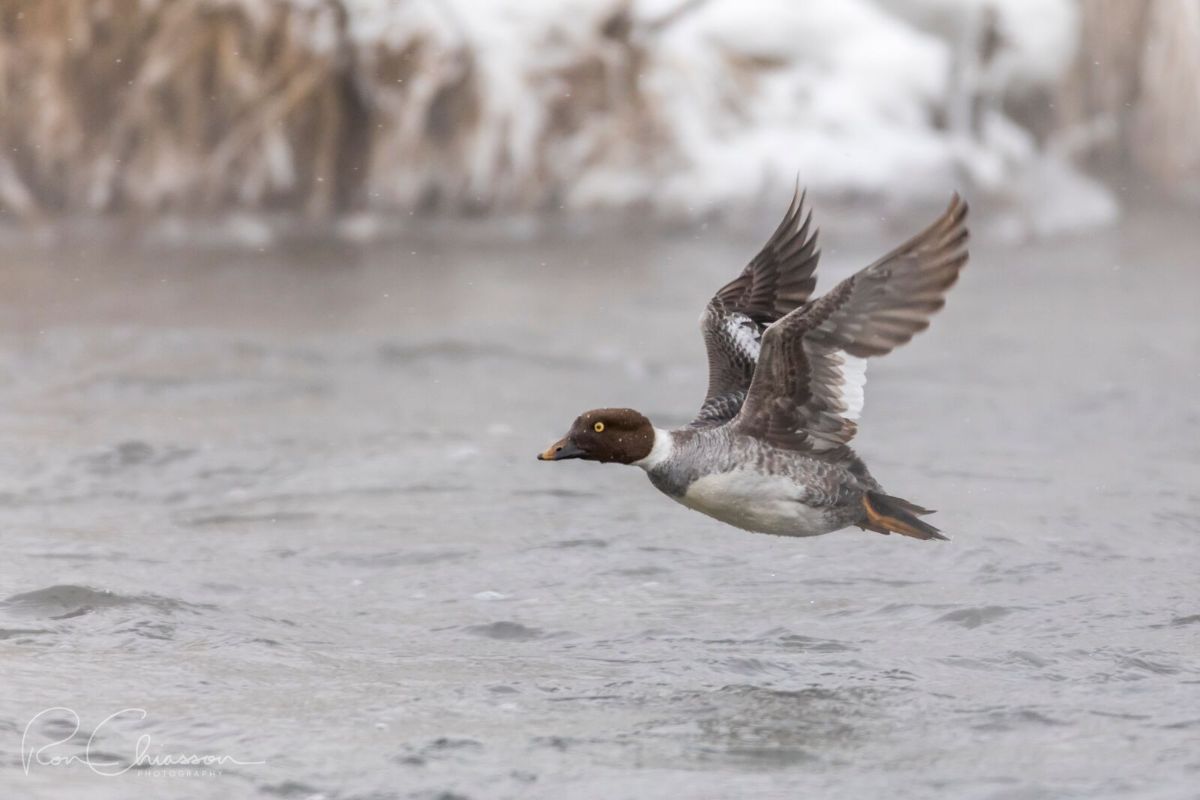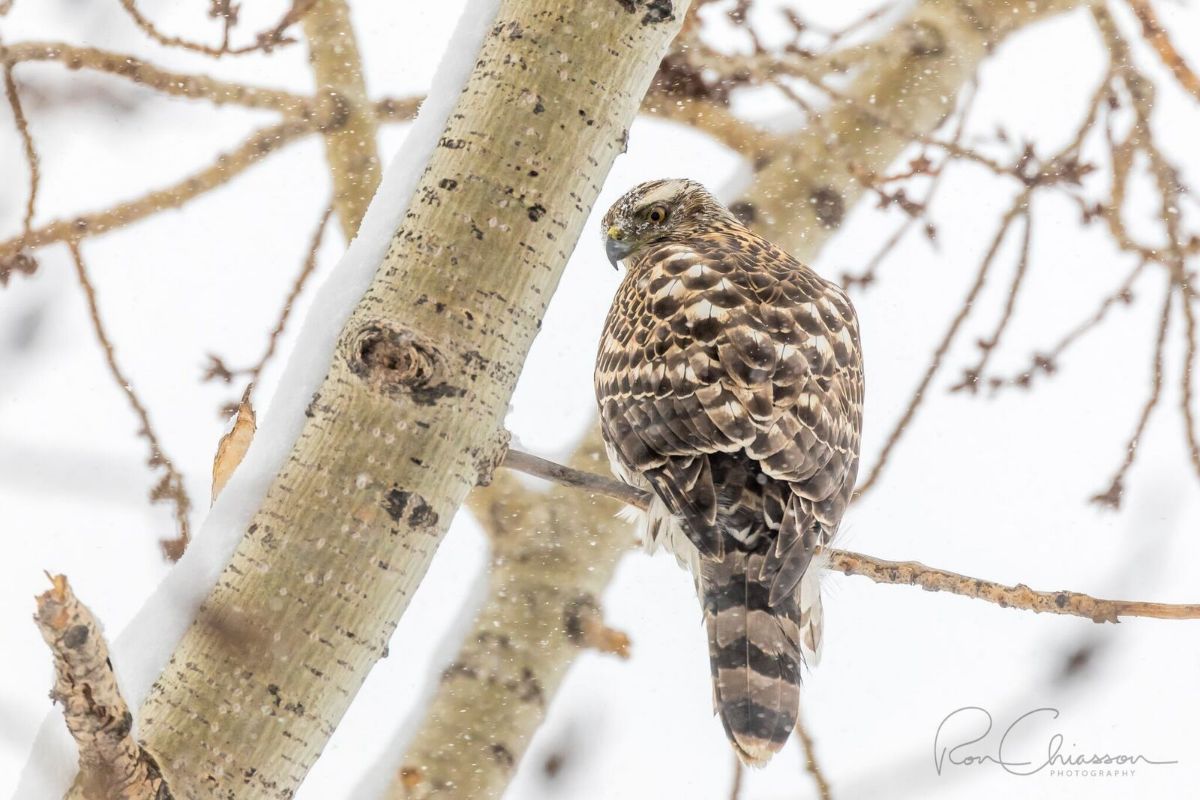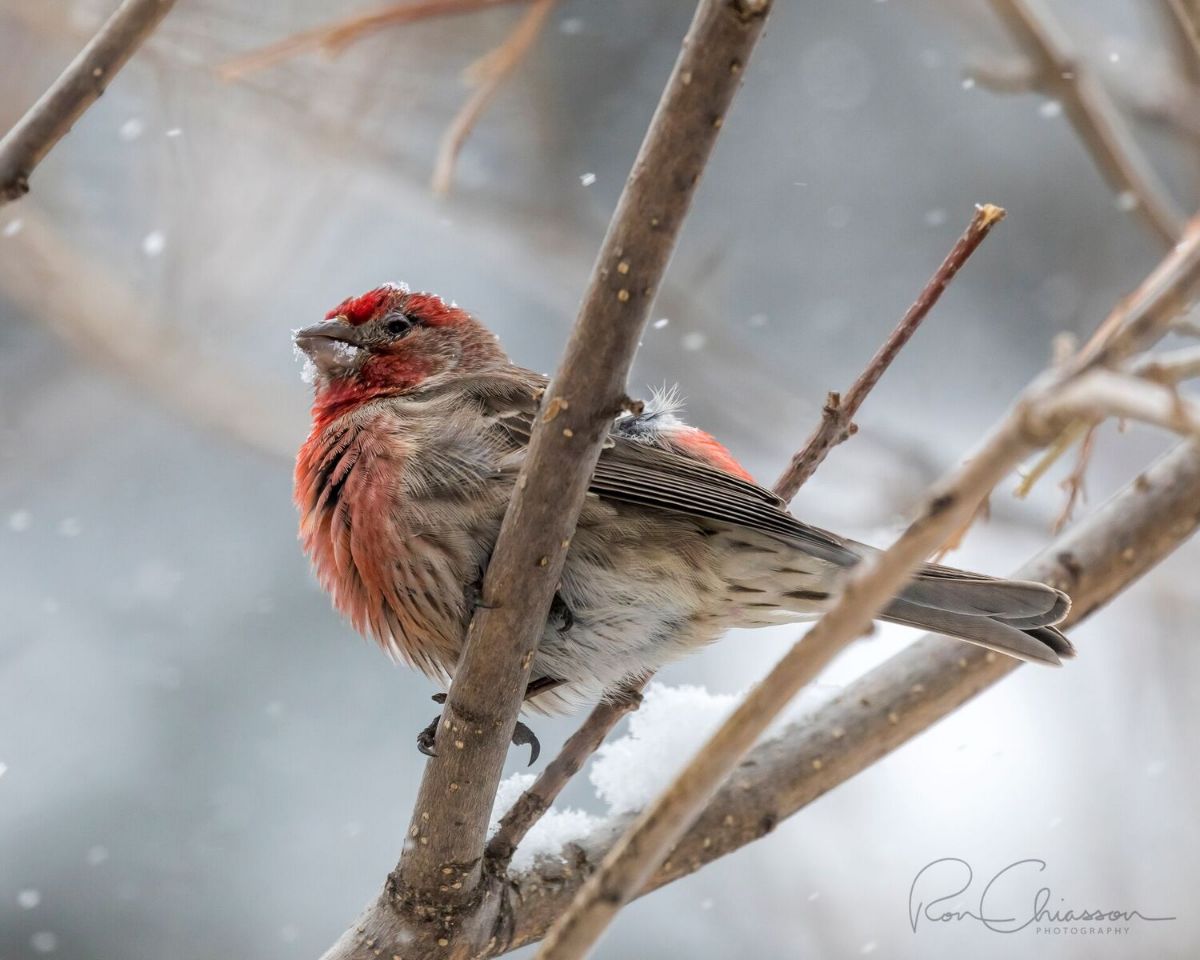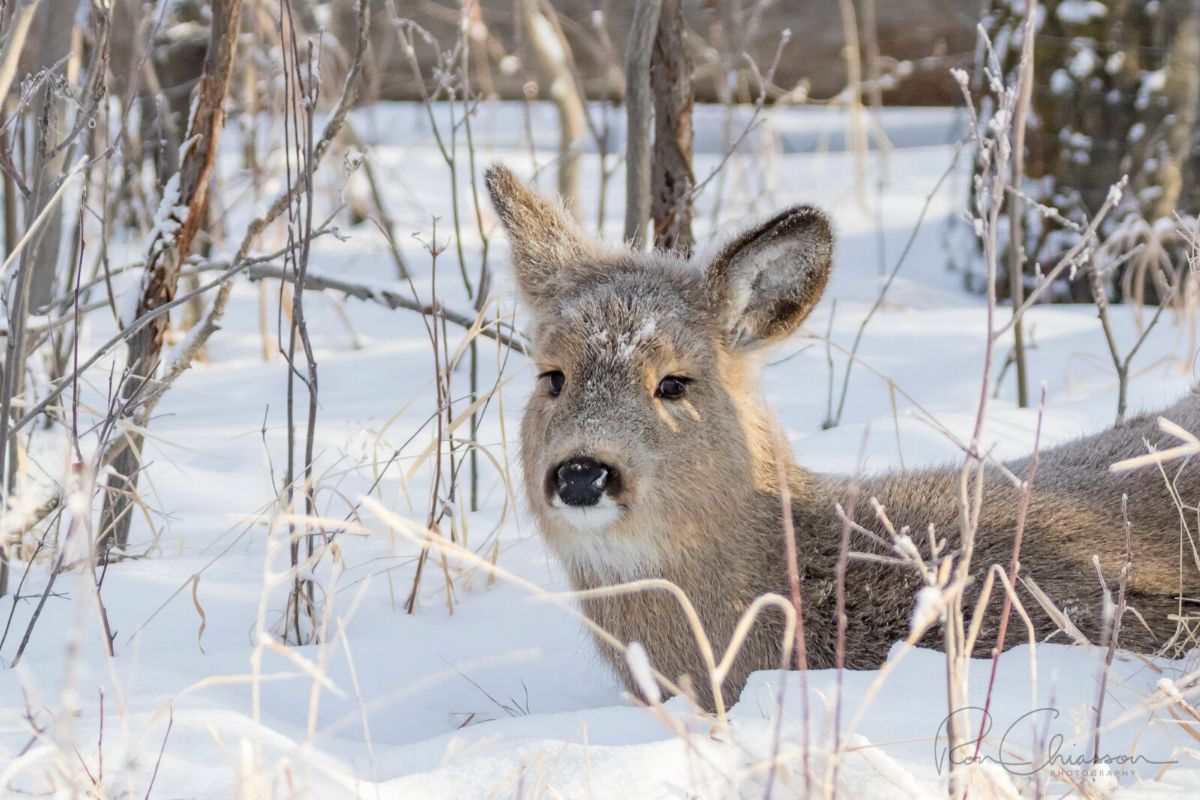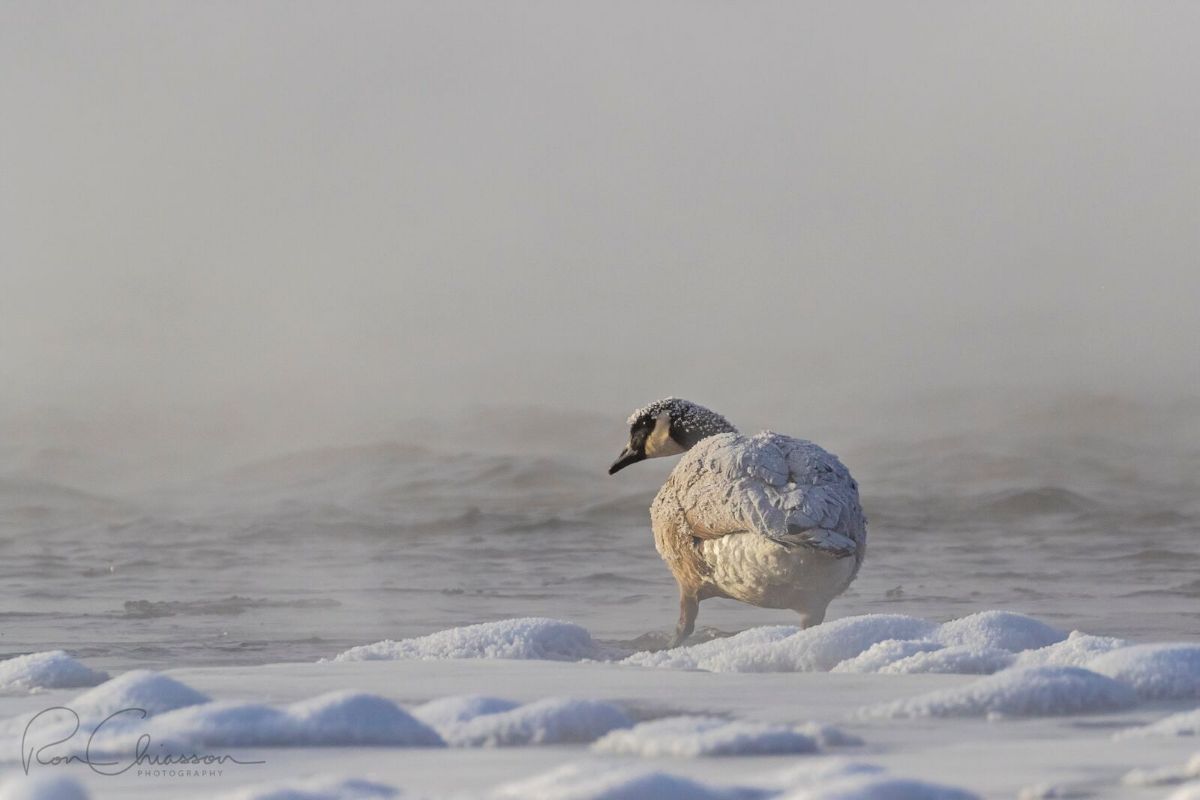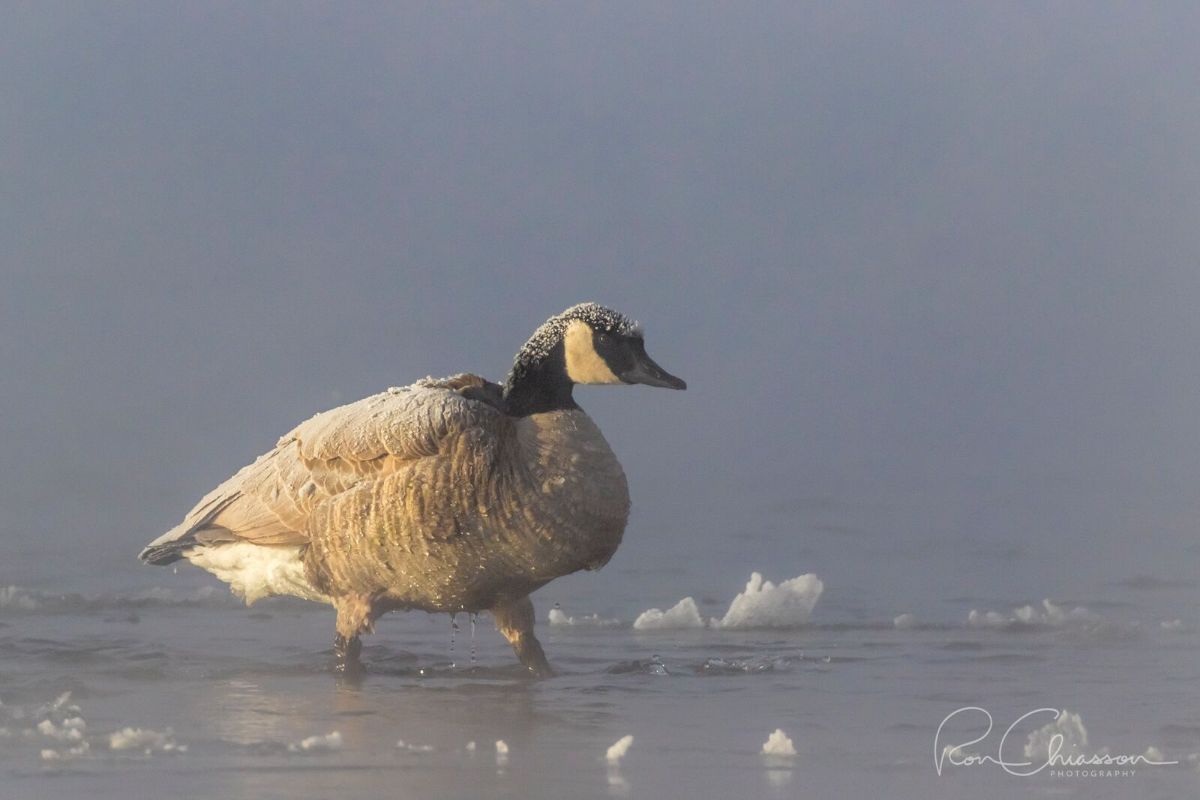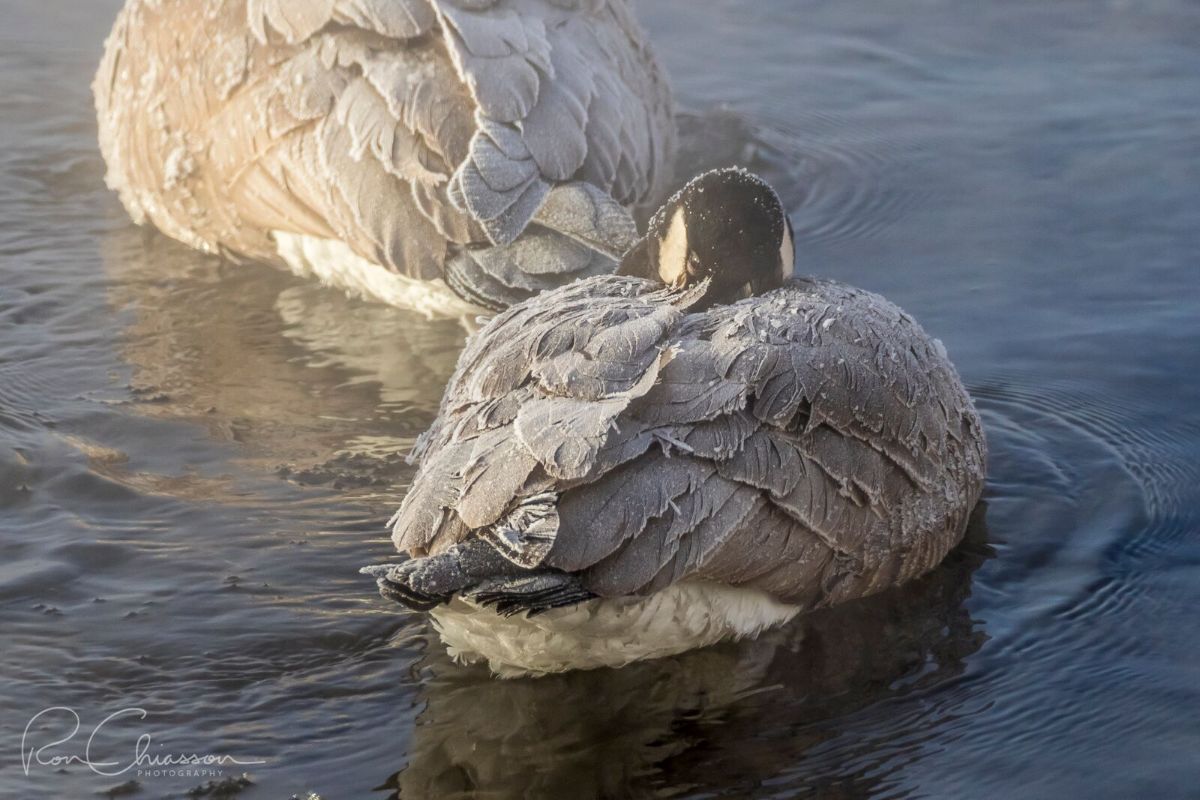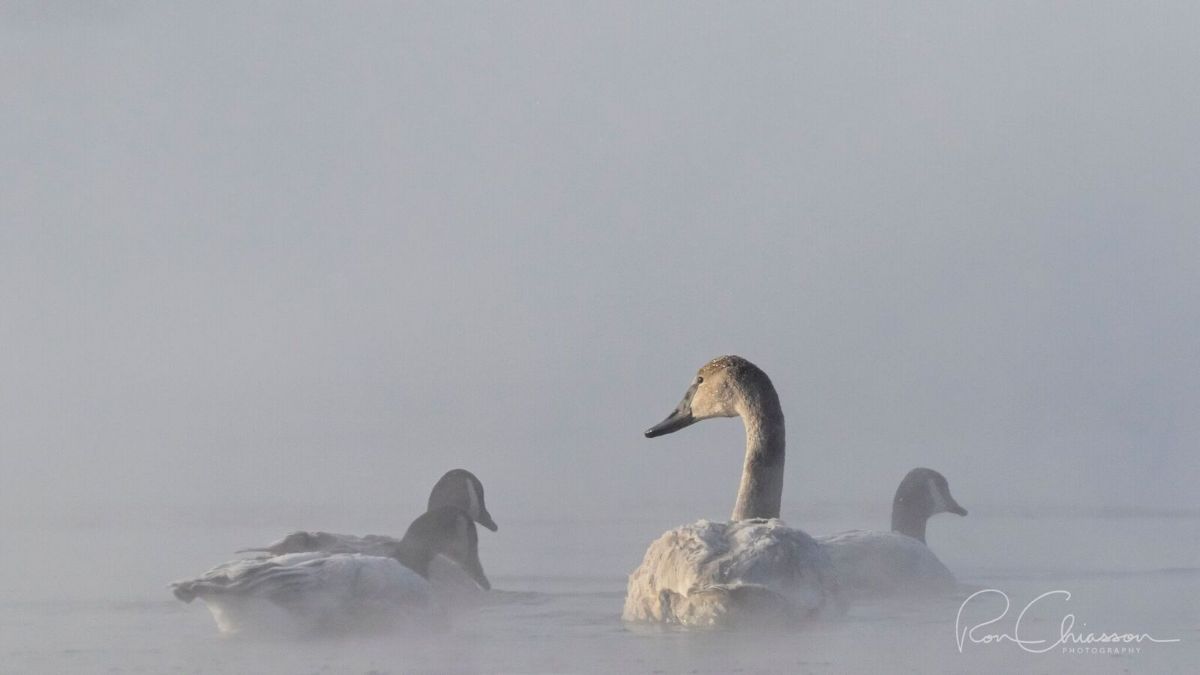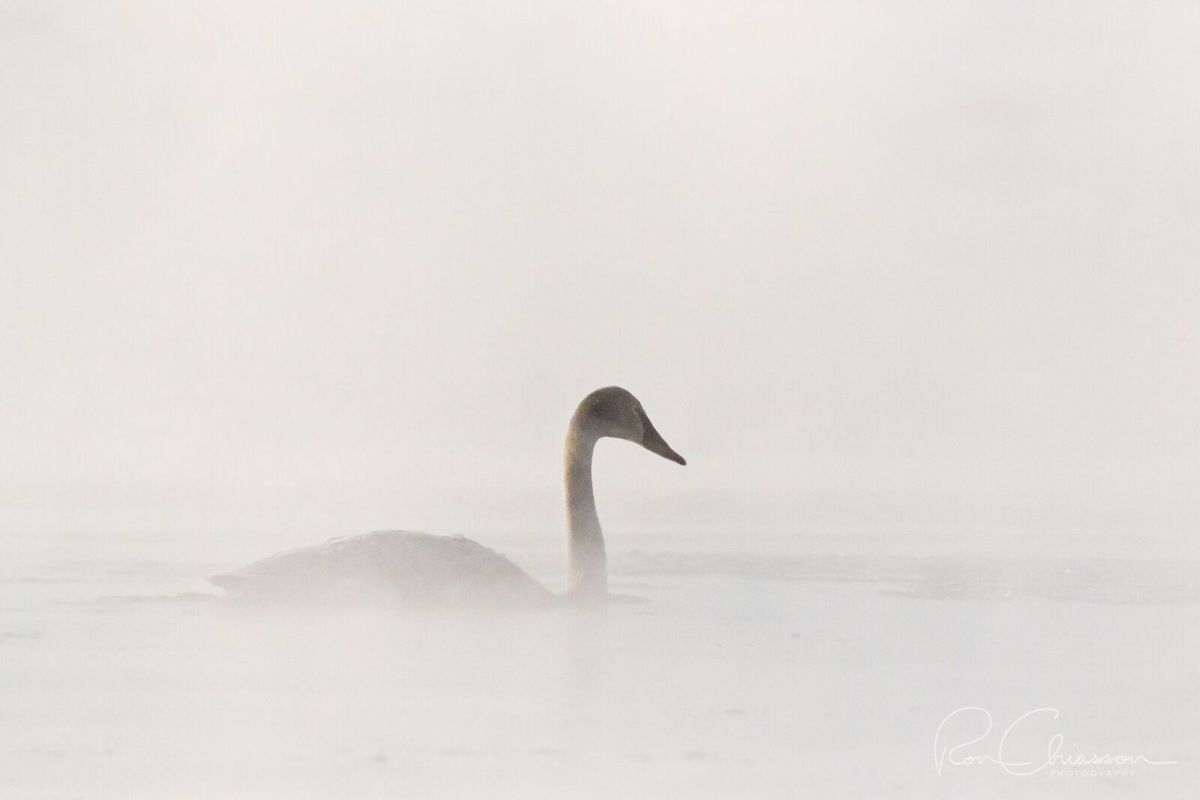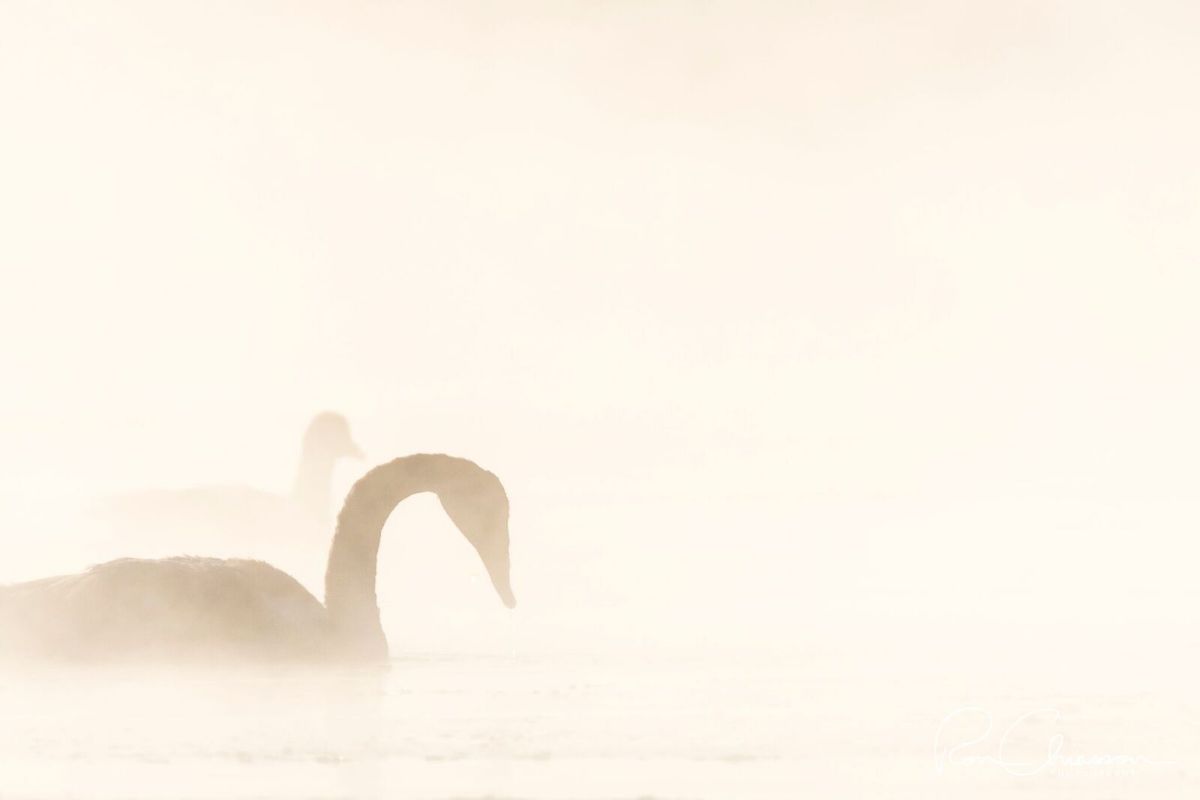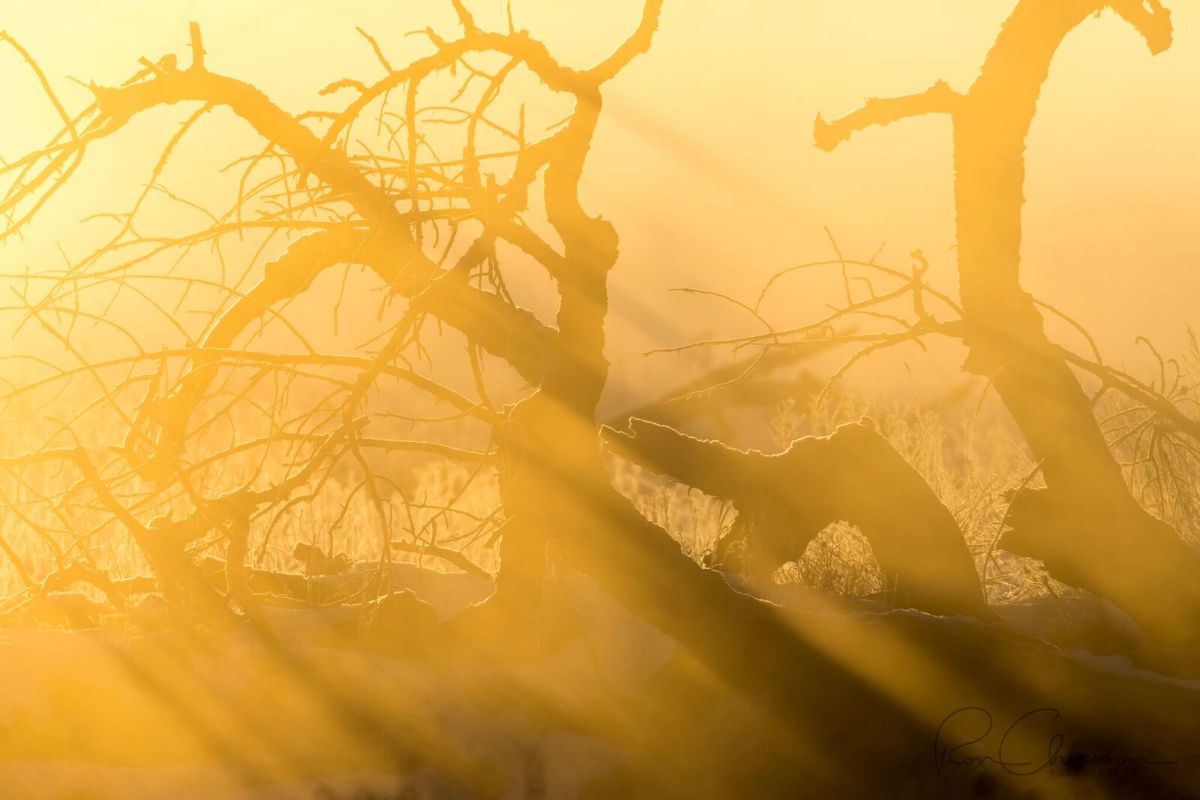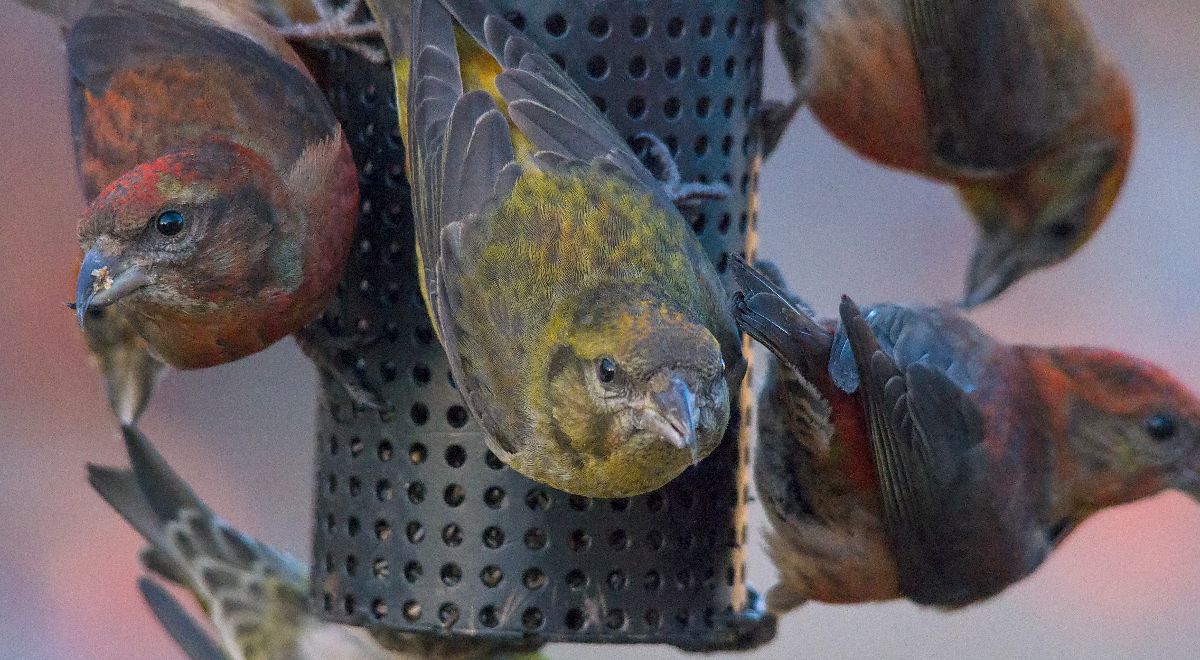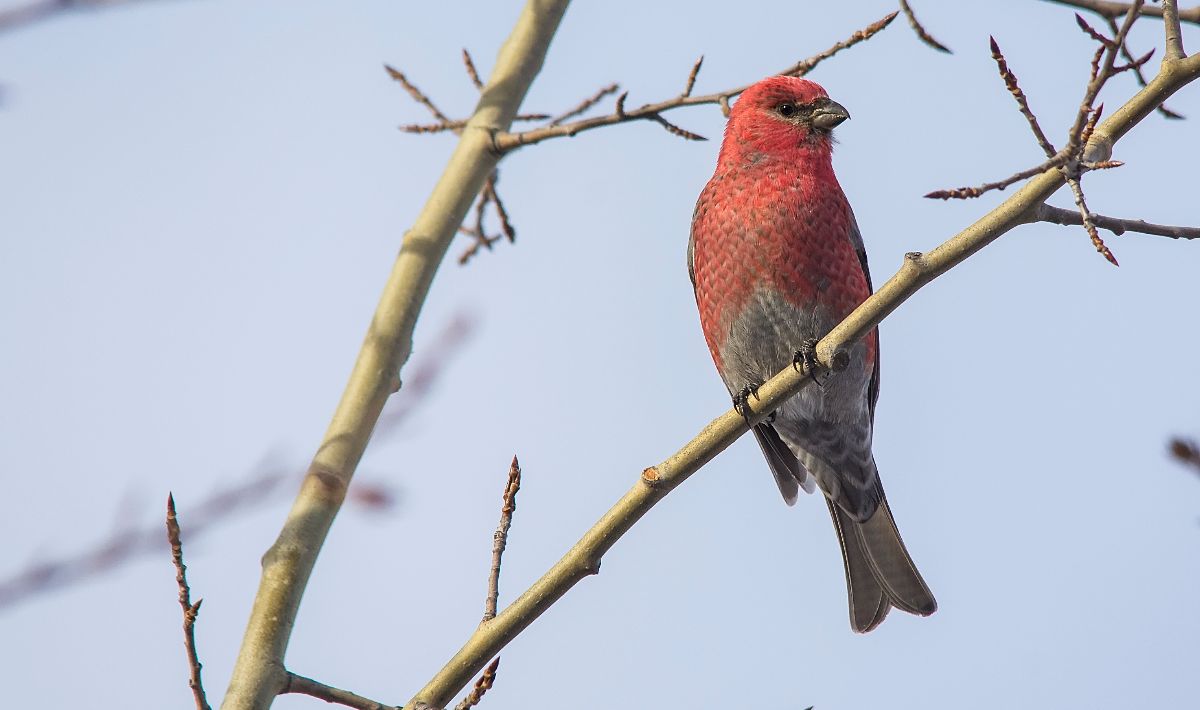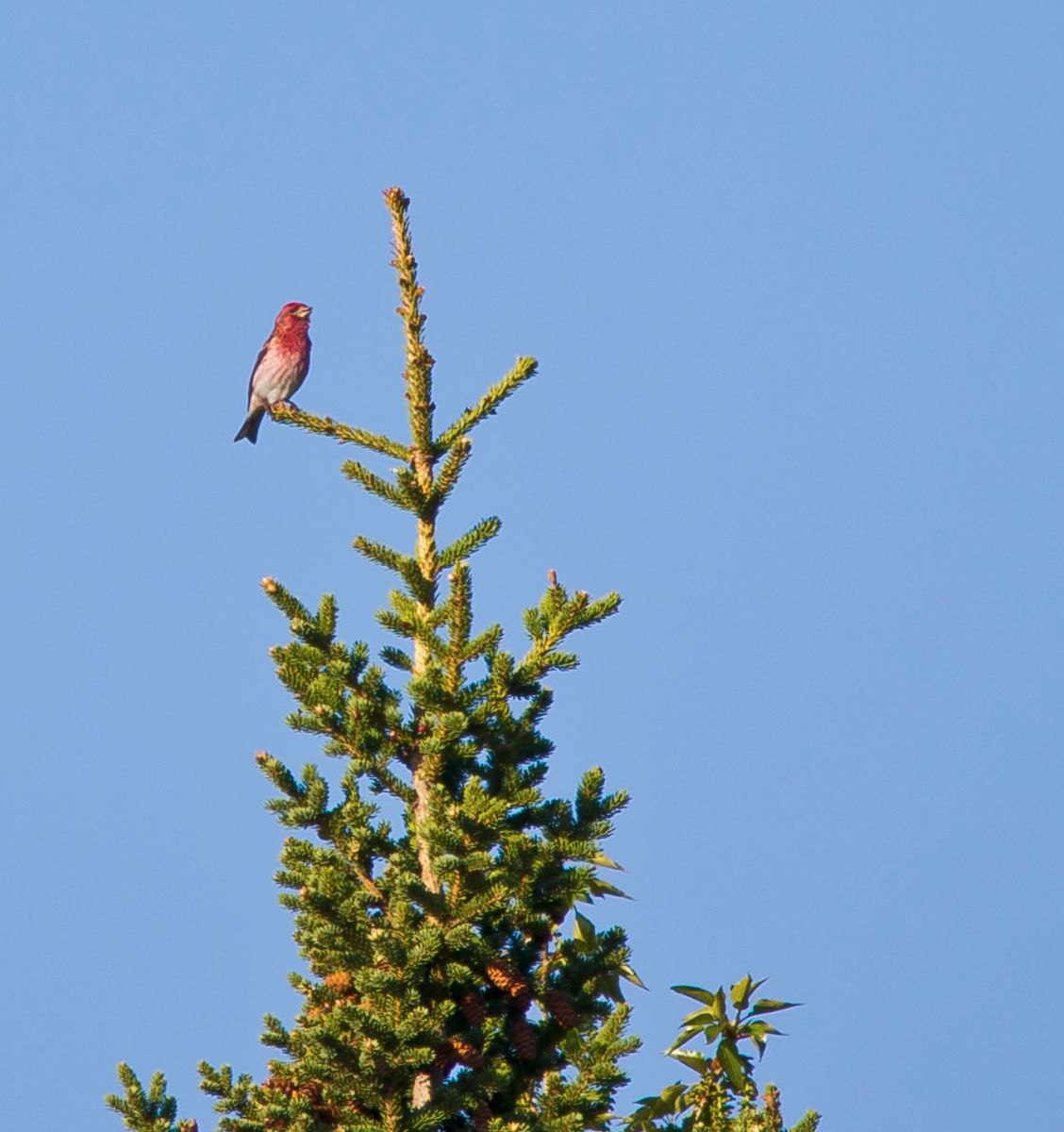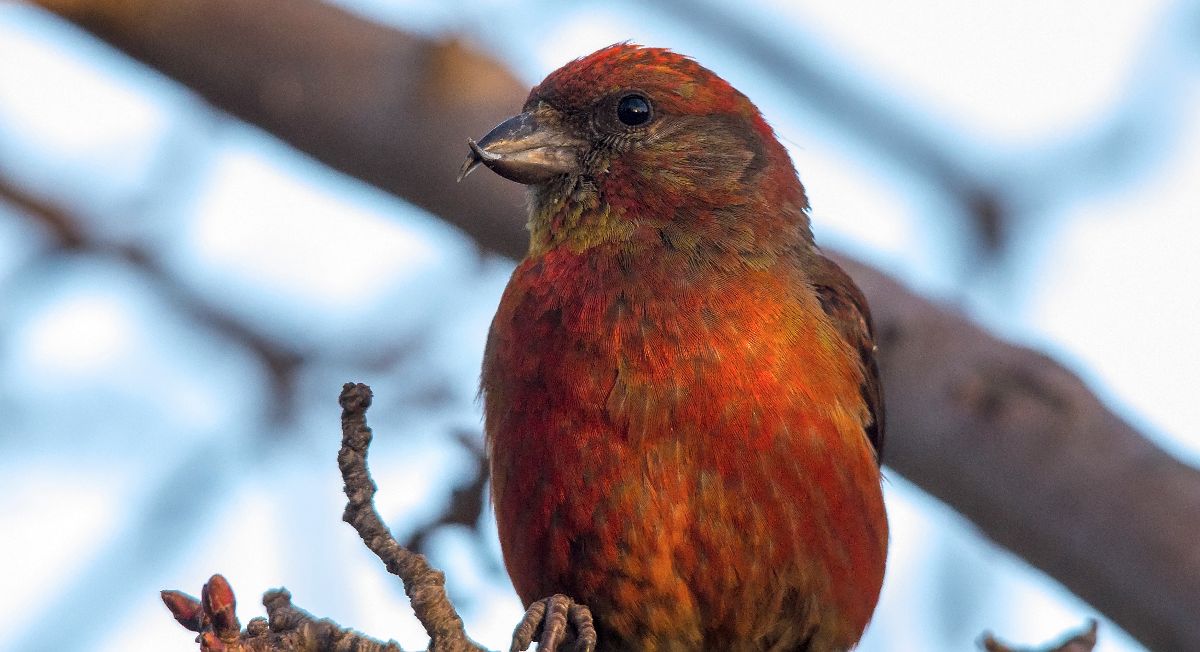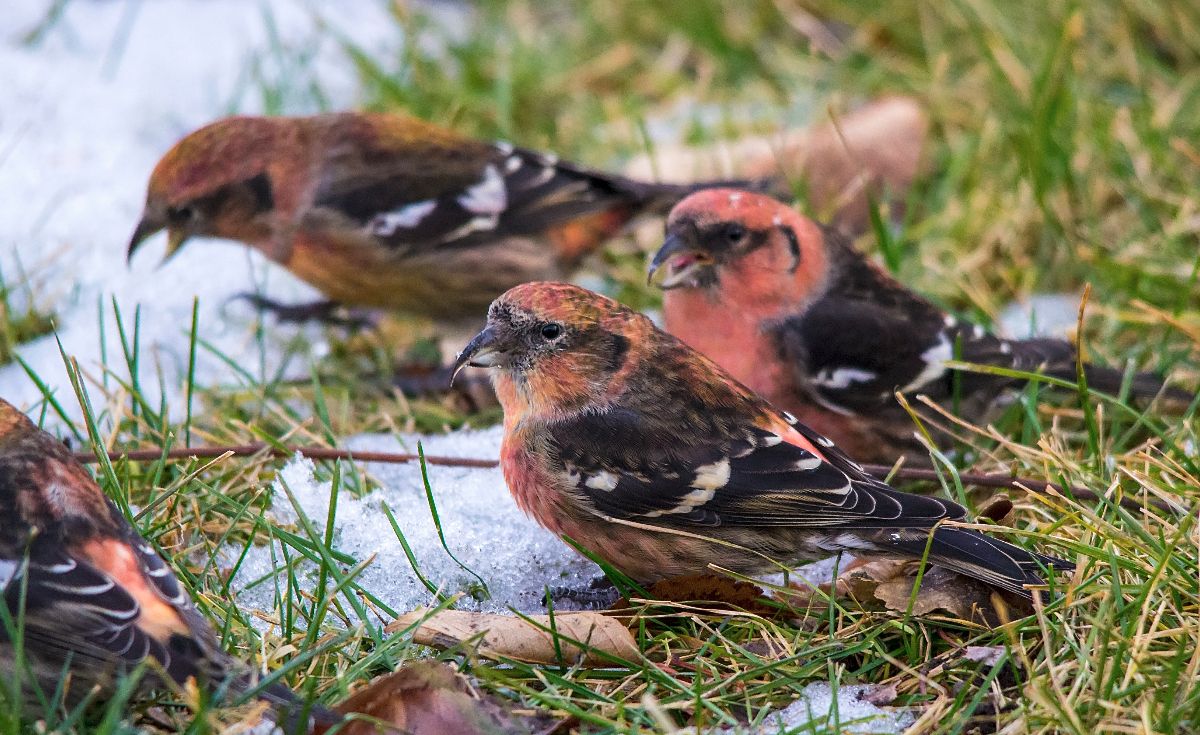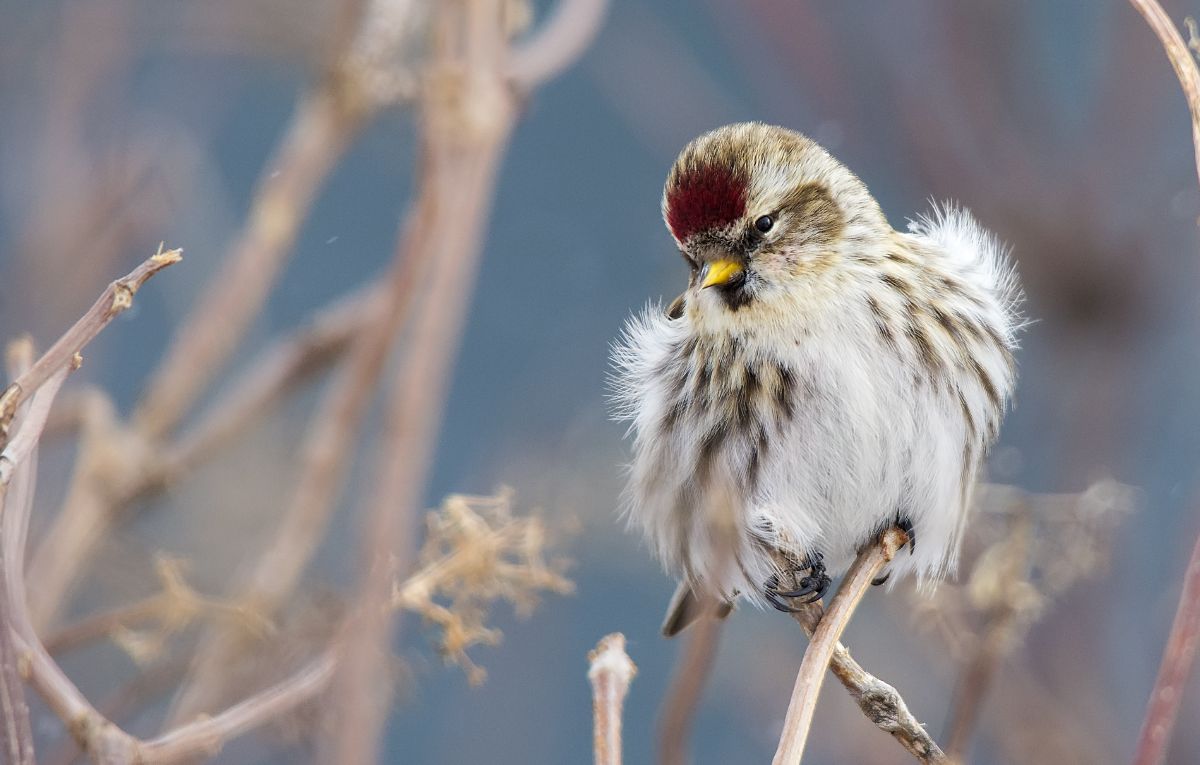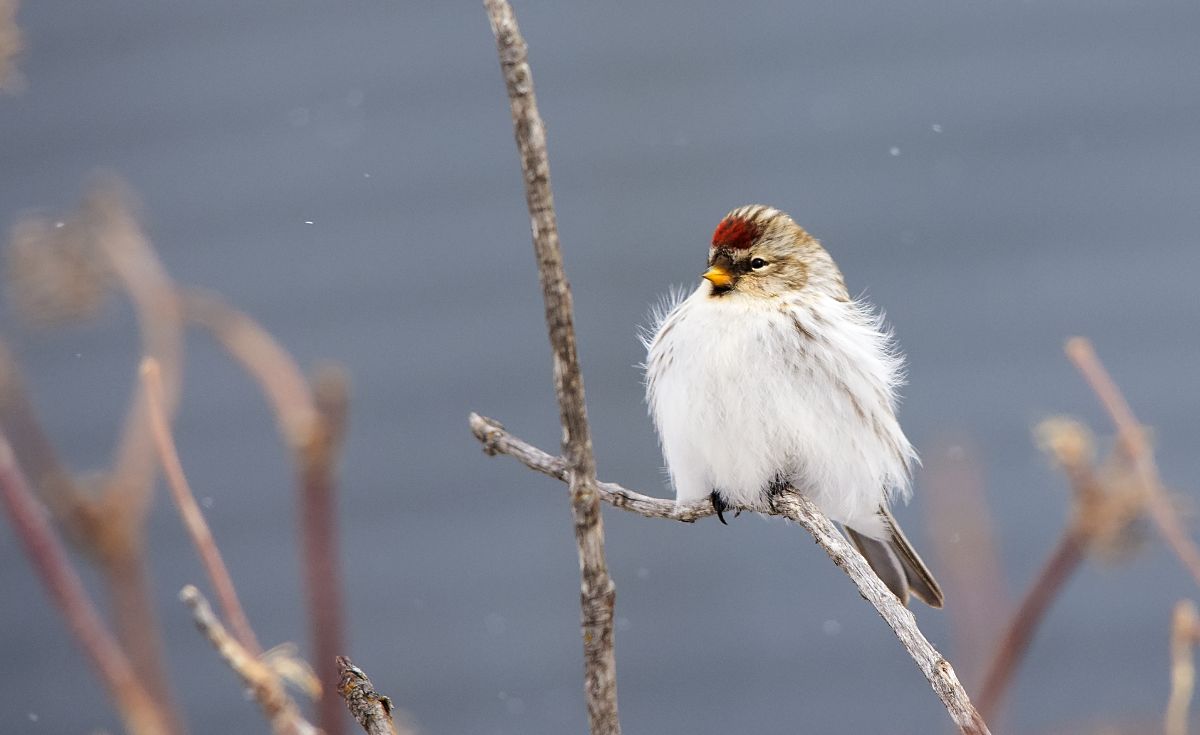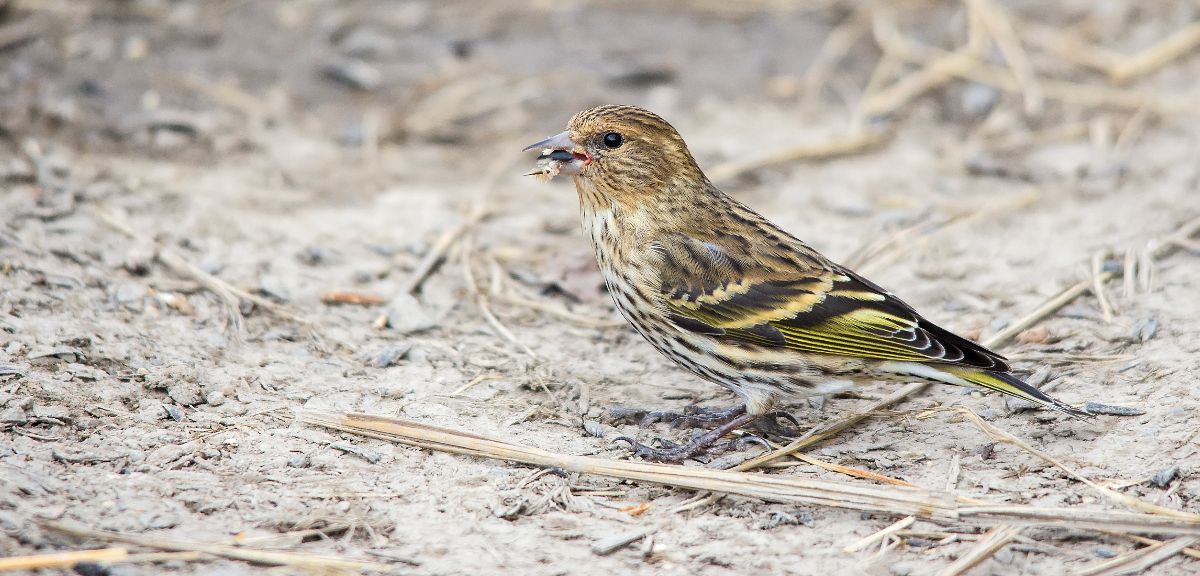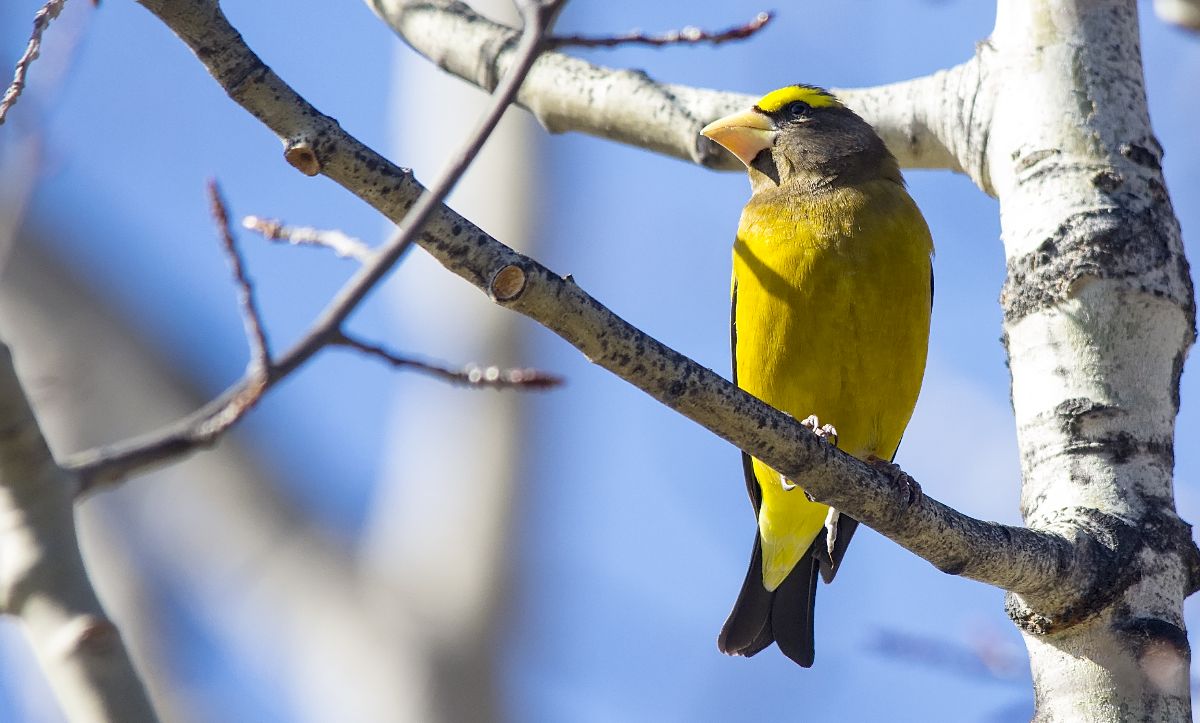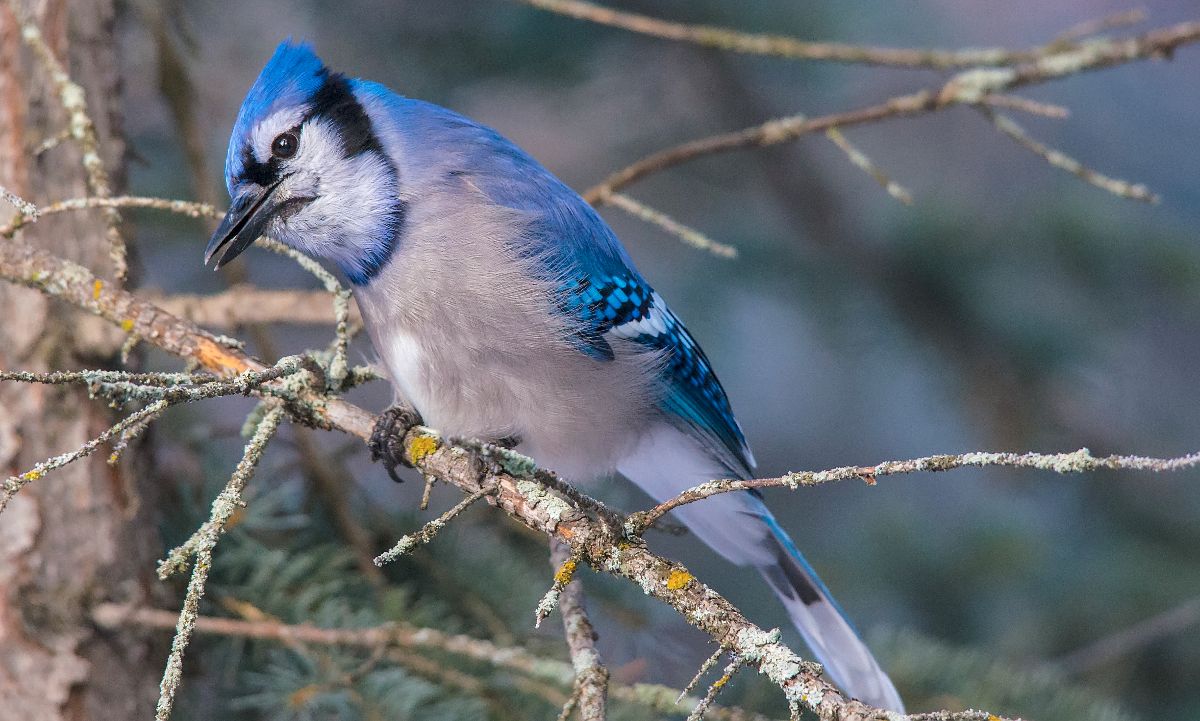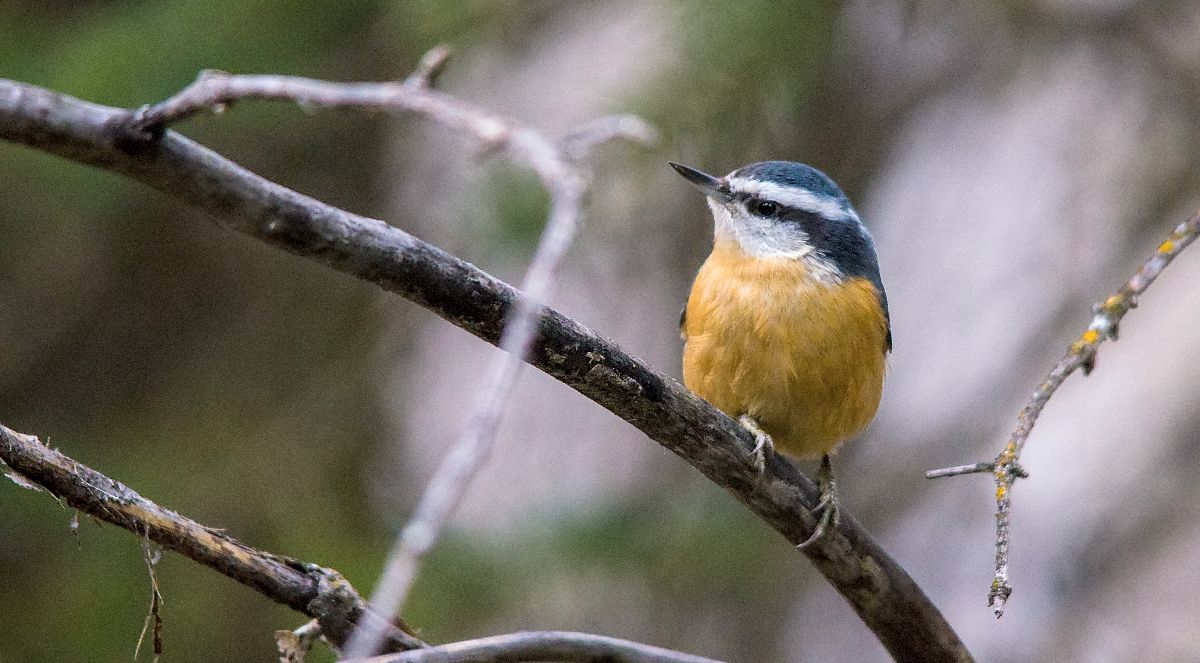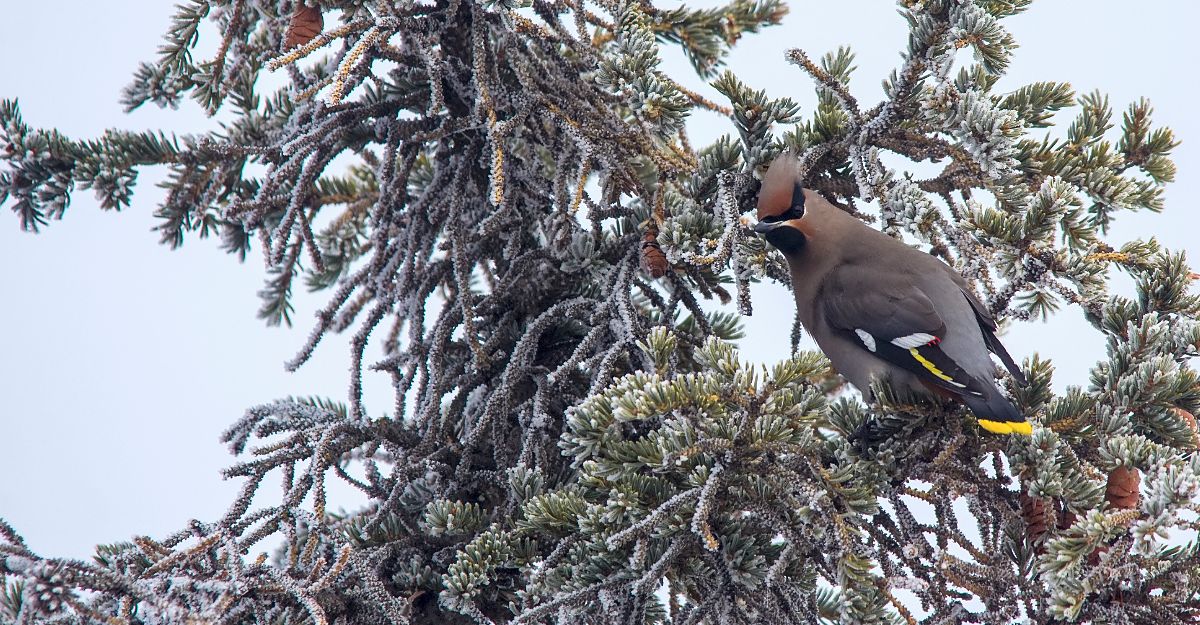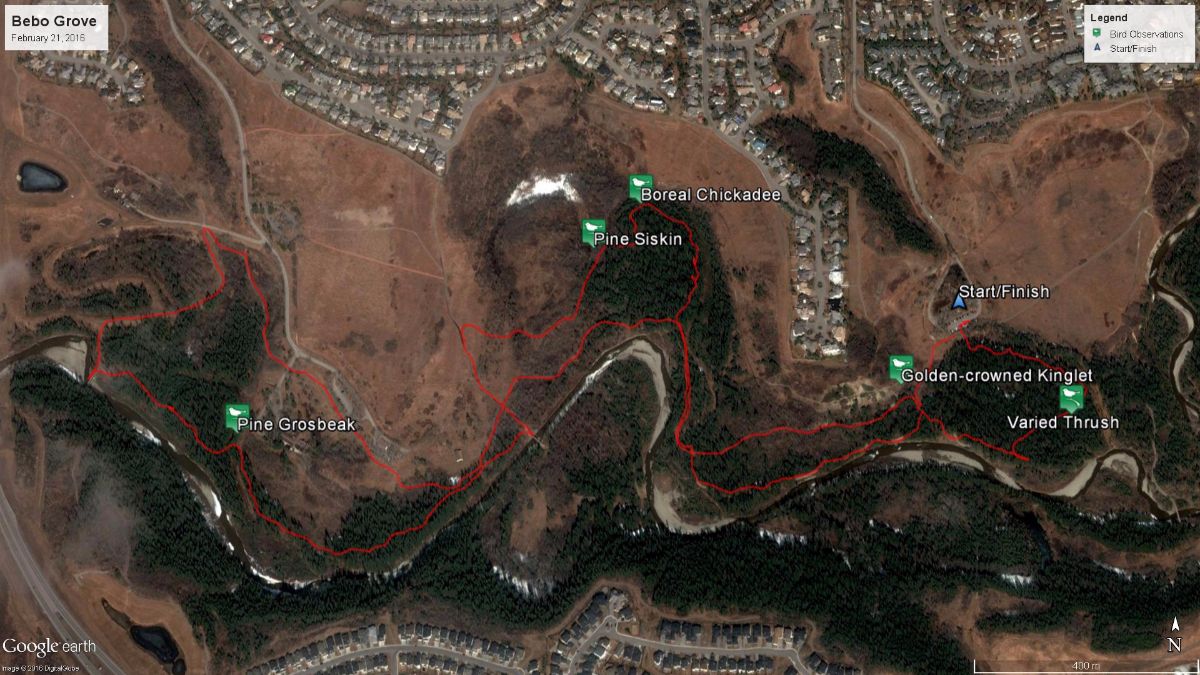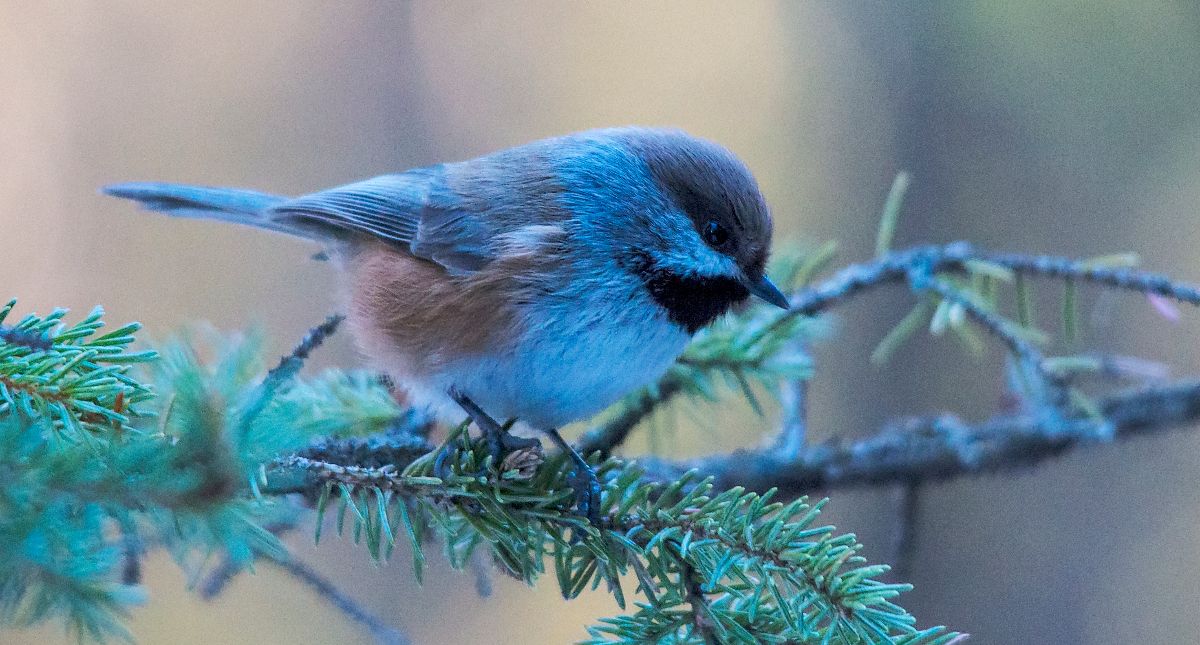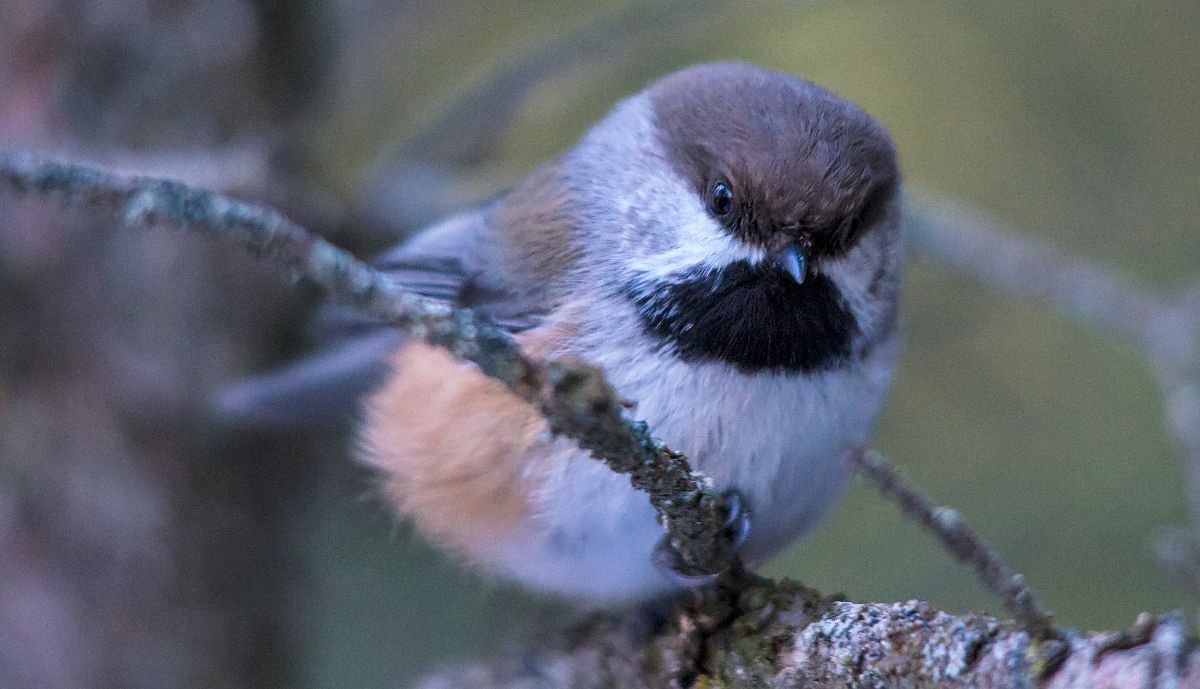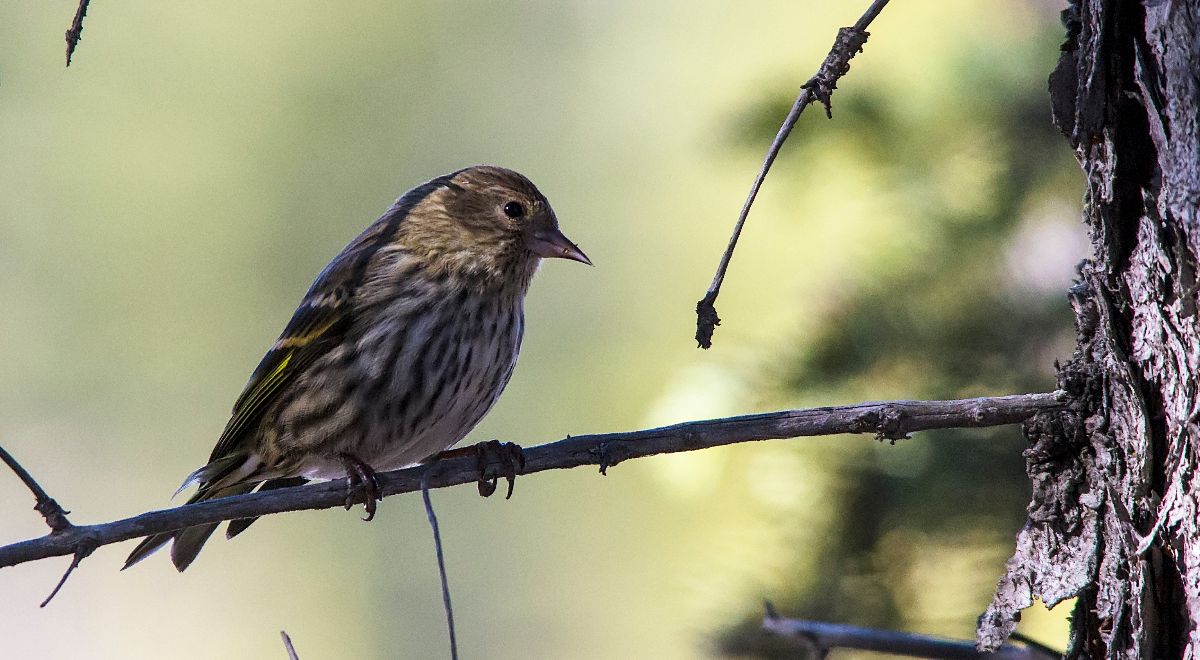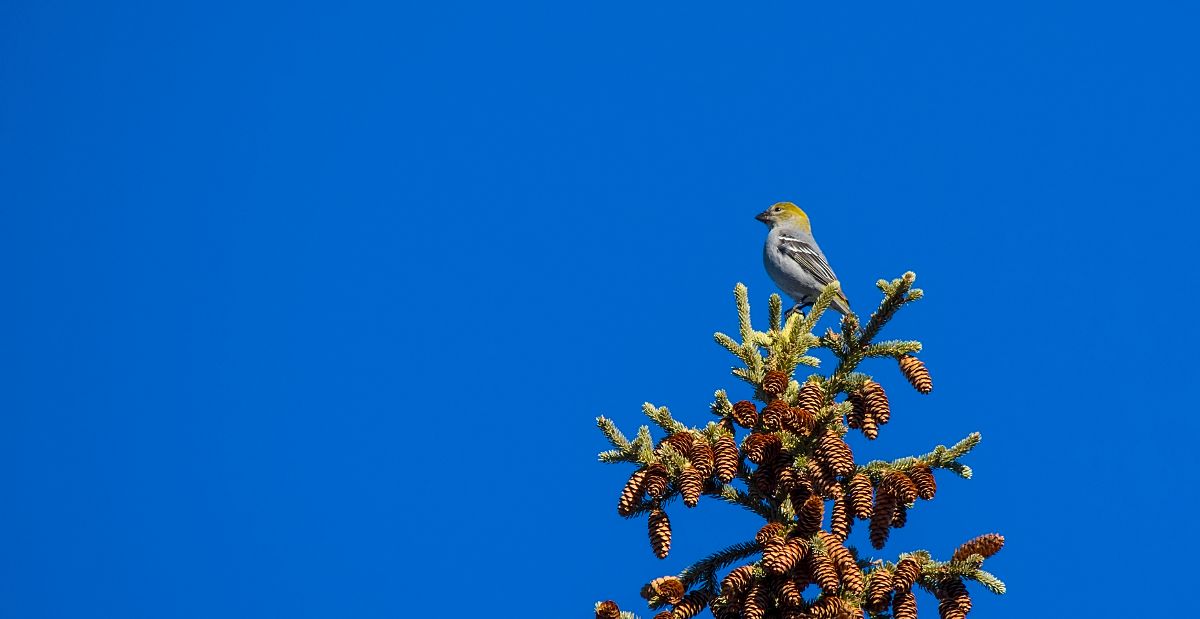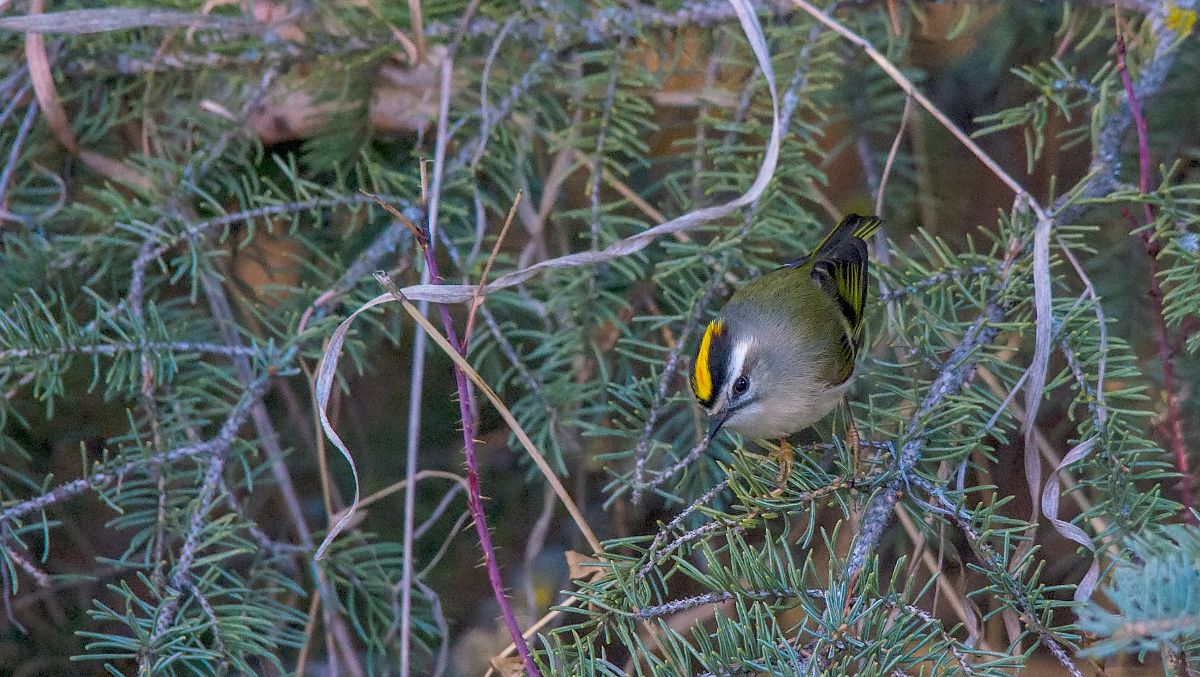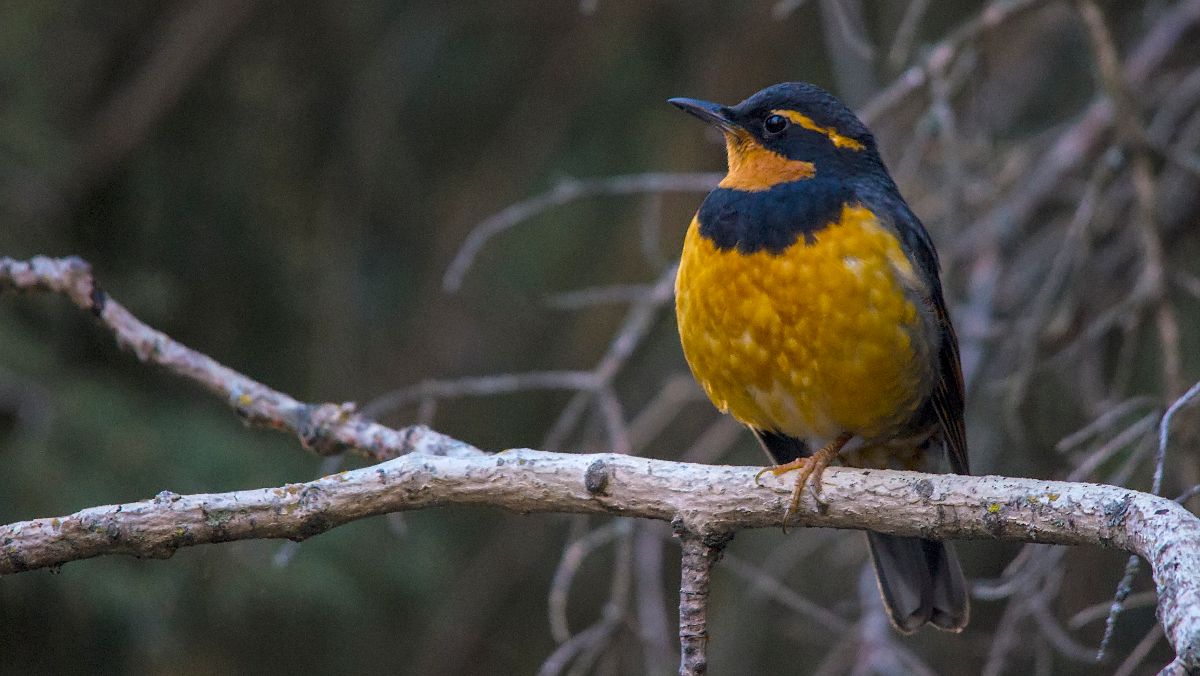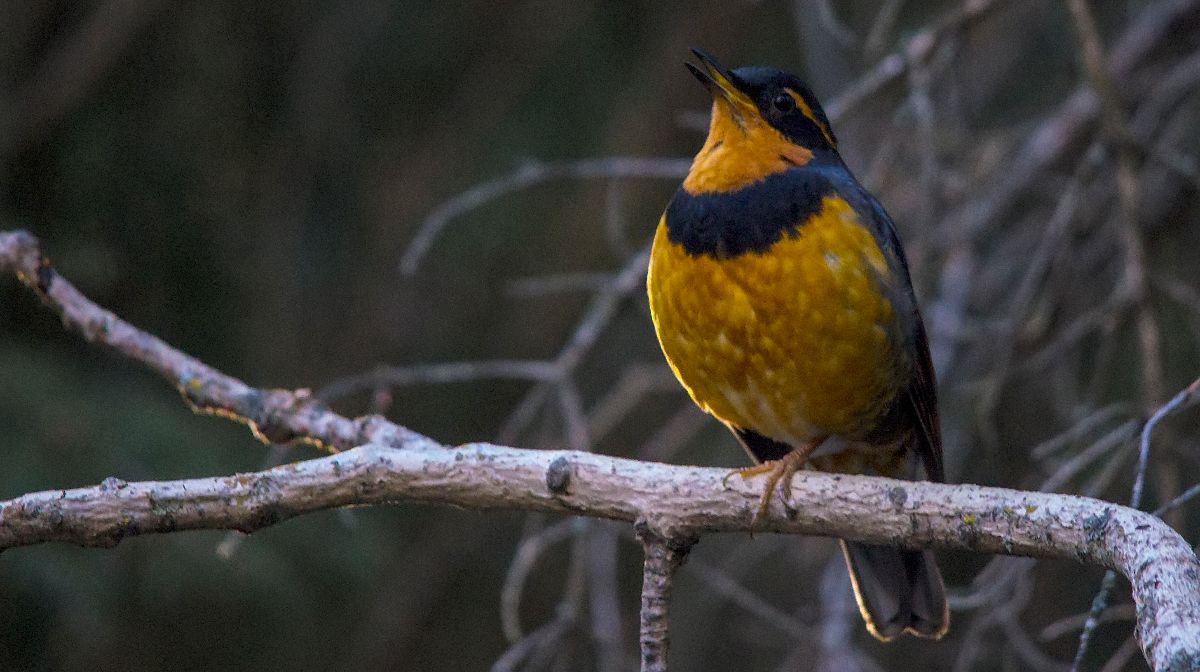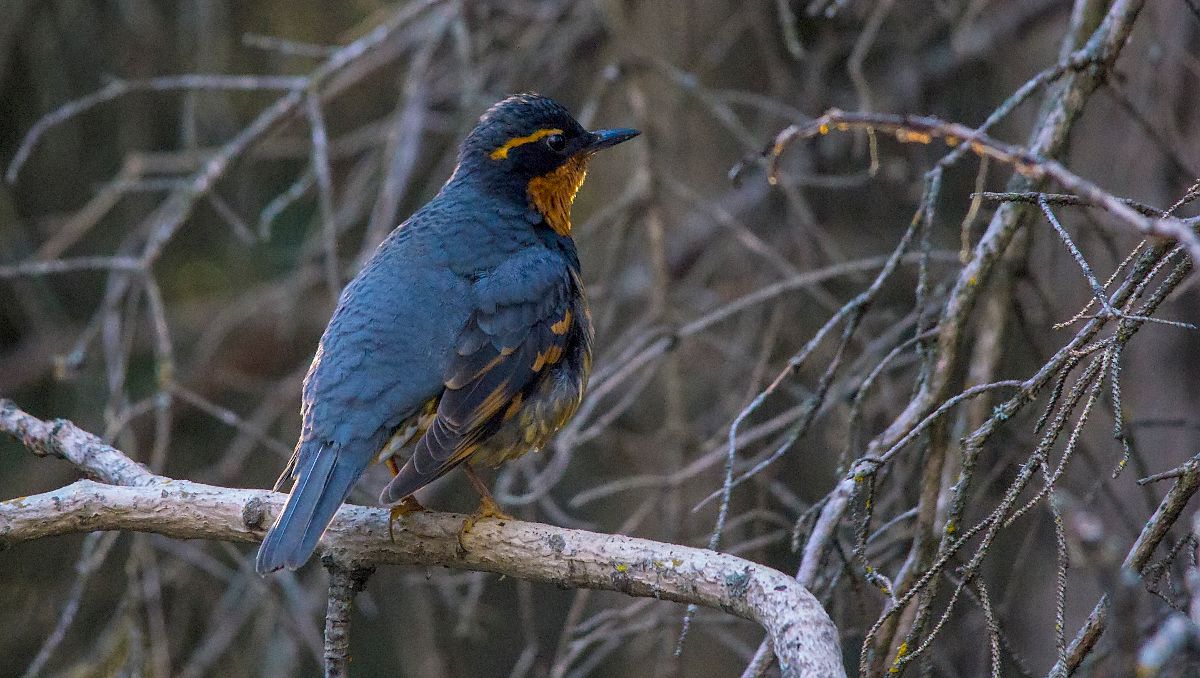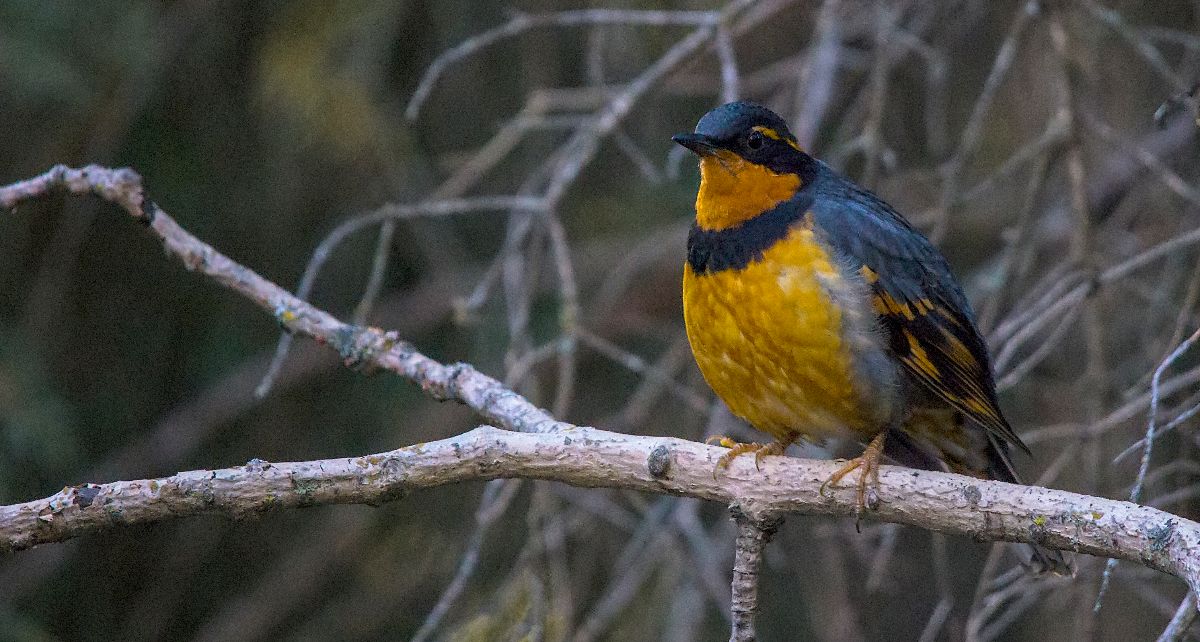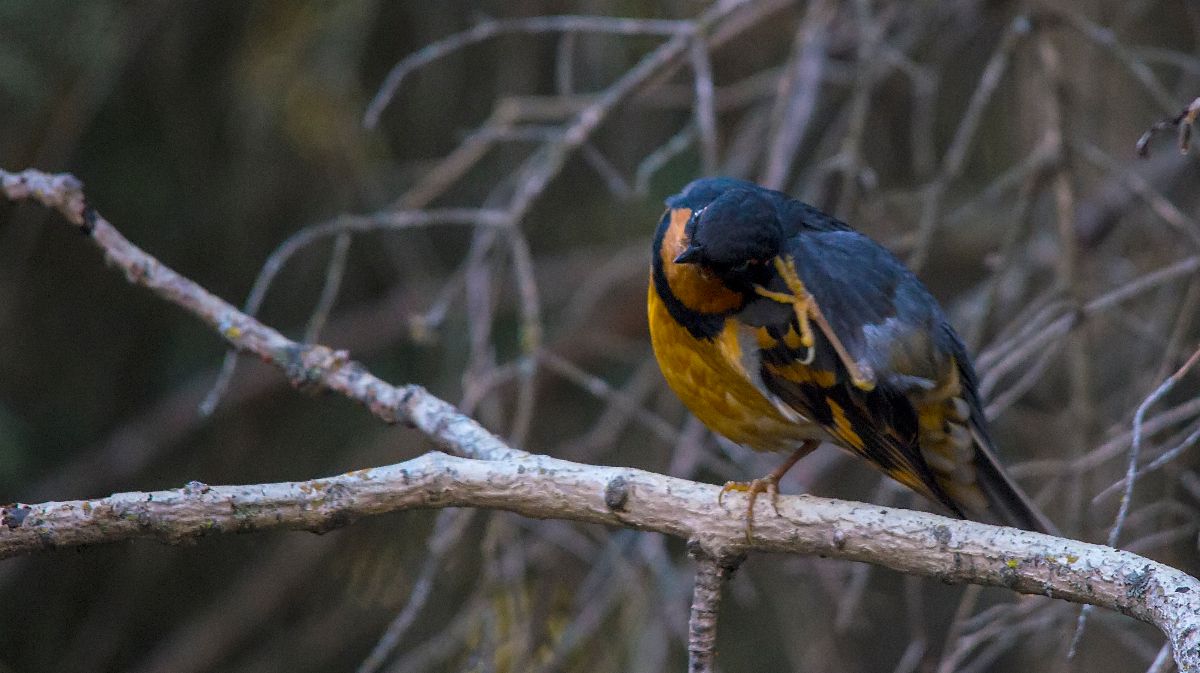The 2024-2025 Winter Bird Lists.
Posted by Bob Lefebvre
With the spring equinox just around the corner, I’d like to give the final results of the 2024-2025 Calgary Winter Bird Count. This is a list of all species reported in the Calgary-region 80-km radius circle from December 1, 2024 to February 28, 2025.
For this count, Caroline Lambert and I just record whether or not a species is observed in the circle during the winter months. Numbers of birds are not considered, so even a single individual counts. We are trying to get an idea of long-term trends in which species are resident here in winter, which migratory species regularly overwinter, and also, for species which are rarely are seen in winter, whether there is any trend of increasing or decreasing overwintering. Keeping a winter list also might help to keep birders interested during the winter, and encourage them to get out more.
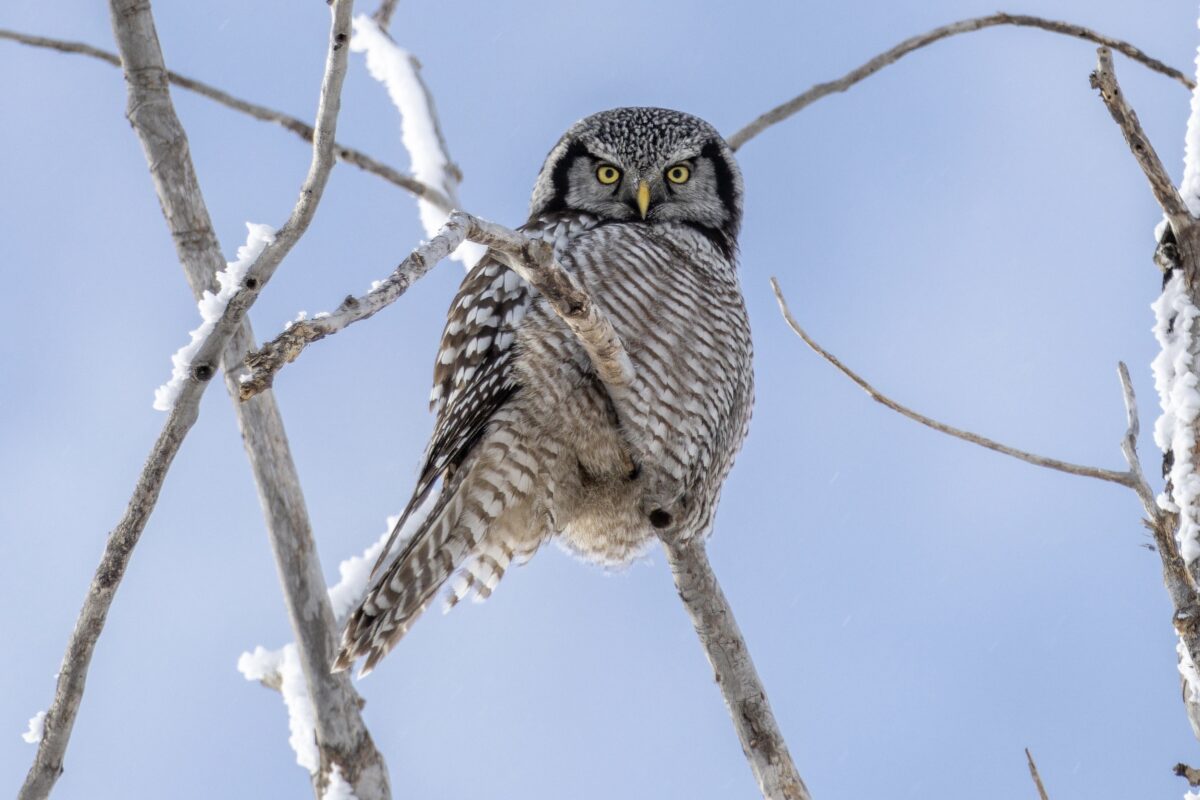
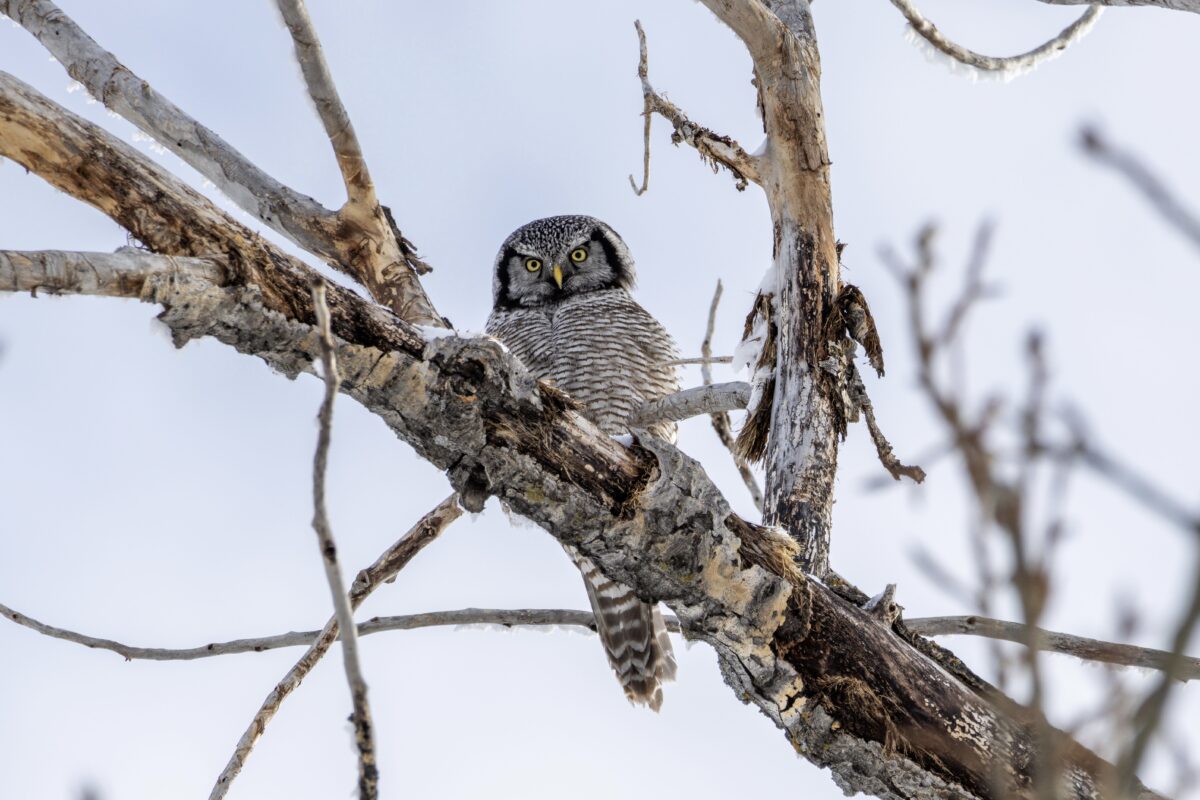
The final total for this year was 111 species. This is lower than each of the previous four years, but only a little below our average.
Winter Bird Species, 2017-2025
| Year | Species |
|---|---|
| 2017-2018 | 108 |
| 2018-2019 | 108 |
| 2019-2020 | 109 |
| 2020-2021 | 118 |
| 2021-2022 | 117 |
| 2022-2023 | 113 |
| 2023-2024 | 120 |
| 2024-2025 | 111 |
The average number of species recorded is 113. Note that for this year and going forward, now that the Hoary and Common Redpolls have been lumped as one species, we have lost one species. Five of the previous years had both Common and Hoary Redpoll. The cumulative total of all species recorded at least once (taking Redpoll as one species, and also discounting Pacific/Winter Wren as a species, is now 156.
Here is the Calgary list showing each species recorded for the past eight years.
The list got off to a great start, with 71 species reported in the first two days. By December 31, after some of the local Christmas Bird Counts were complete, we were at 104. This is a typical number for that date, and I expected we would have a pretty high total by the end.
A Wilson’s Snipe (105) was added on January 1 during the annual Fish Creek Park New Year’s Day count, and a Black-backed Woodpecker (106) (an uncommon resident species) in Brown-Lowery on Jan 2. American Kestrel (107) was added on January 8 (more on this below). Also on January 8 a Harris’s Sparrow (108) was found in Airdrie. This species migrates mostly well east of us, but we do see a few in the fall, and occasionally they overwinter. The bird was still being seen there in Airdrie at the end of February.
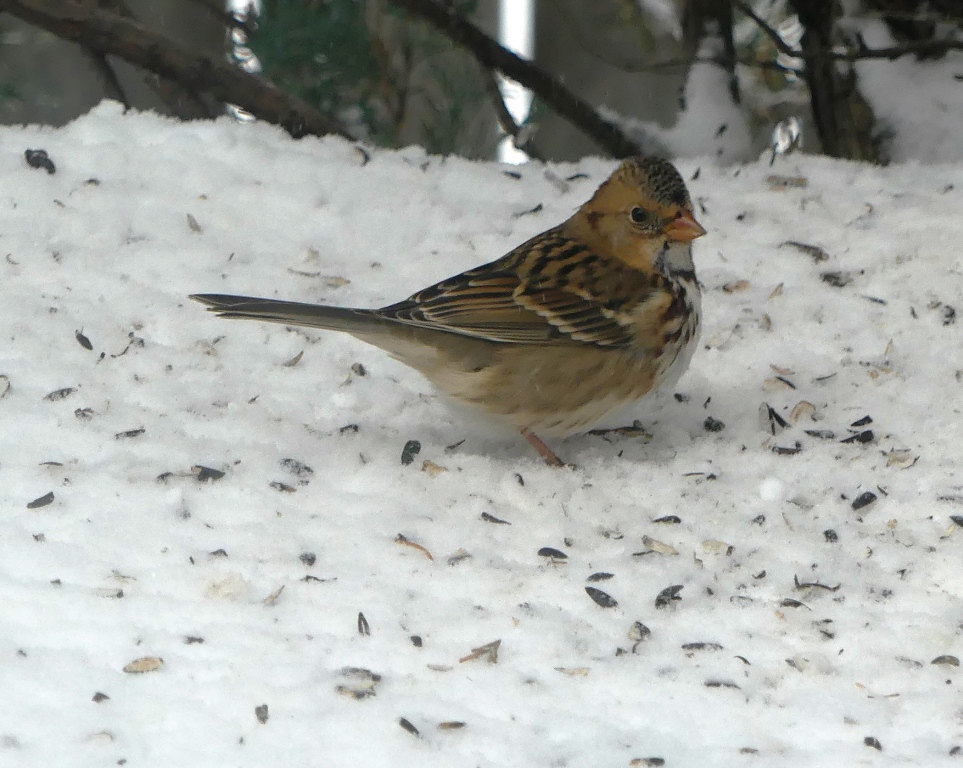
A more common sparrow around here is the White-crowned Sparrow, but they rarely overwinter. One was found in Carburn Park on January 12 (109). That is only the second time in 8 years we had one on the winter list. Somewhere in there we added Gyrfalcon (110), which is a hard species to verify since it is a sensitive species, and locations are hidden from most reports. But there were definitely eBird lists that were well within our circle.
The final species we added was actually reported earlier, in December. This was a new species for the winter list, Swamp Sparrow (111). It was seen and heard twice at the same location and reported on eBird. A sound recording of the call was included. We were waiting for a confirmation from eBird but it has not yet come. Nevertheless, Caroline was satisfied that the description and recording were legitimate.
There can sometimes be problems when trying to verify a report. Two American Kestrels had been reported earlier in December, but we were unable to verify either (both were on eBird, but eBird did not confirm them). Finally on January 8 a Kestrel was confirmed near Chiniki, at the west edge of the circle. Kestrels are occasionally known to overwinter here.
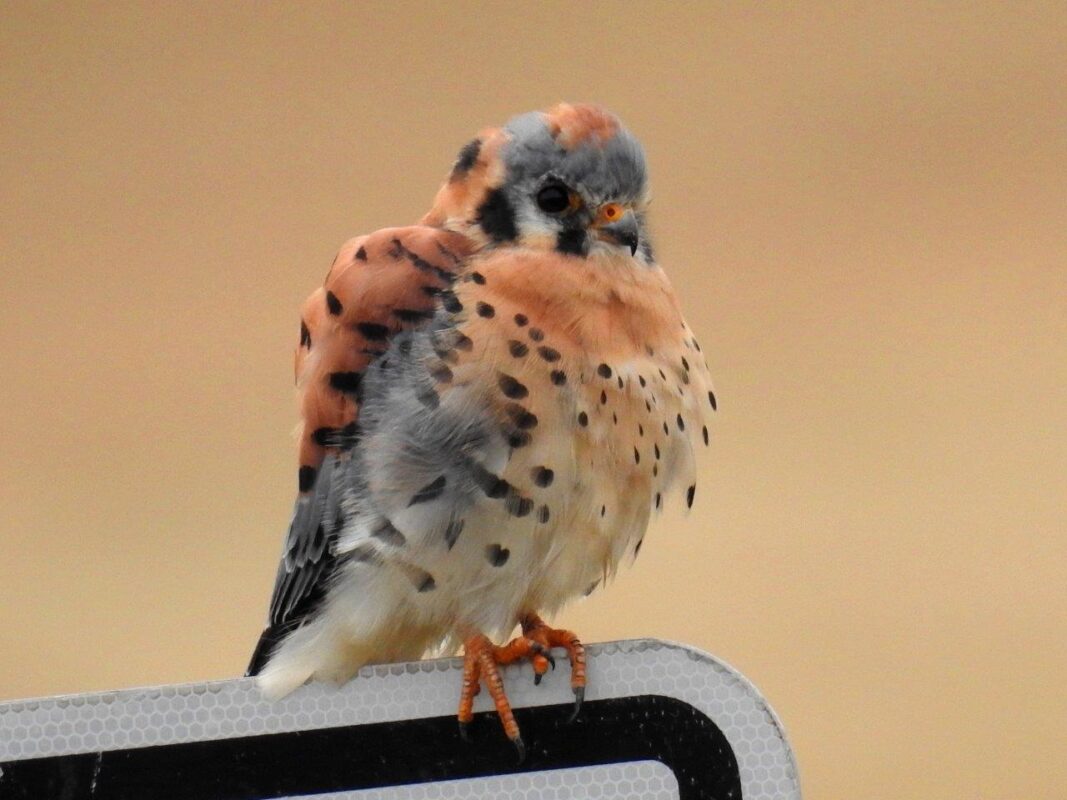
Another discrepency between our list and eBird is Purple Finch. One was reported on eBird in December, and photographs were included. Caroline and I thought it looked good, and added it to the list. But it has not yet been confirmed on eBird.
On the other hand, I recieved a report of a Great Blue Heron in Okotoks in early December, which I spent about a week verifying. I was satisfied that it was legitimate, and did add it to our list. It was not reported on eBird. Then in late January there was a Great Blue Heron reported on eBird in Okotoks, so likely the bird had been there all winter. Perhaps there aren’t too many eBirders in that area.
There were a couple of late-February unconfirmed reports – Rusty Blackbird, which we have always had in previous years, and Snow Goose, which we usually have. We had hoped to get these but they were not confirmed. In the last few days we also hoped to get the first returning California Gulls, but they didn’t arrive until March 2.
The species that we missed this year that had been seen in all previous years are Rusty Blackbird, Red-winged Blackbird, and Varied Thrush. A Varied Thrush was reported in the city on March 1, but that is only a week or so before their usual return date on migration, so it may not have been an overwintering bird.
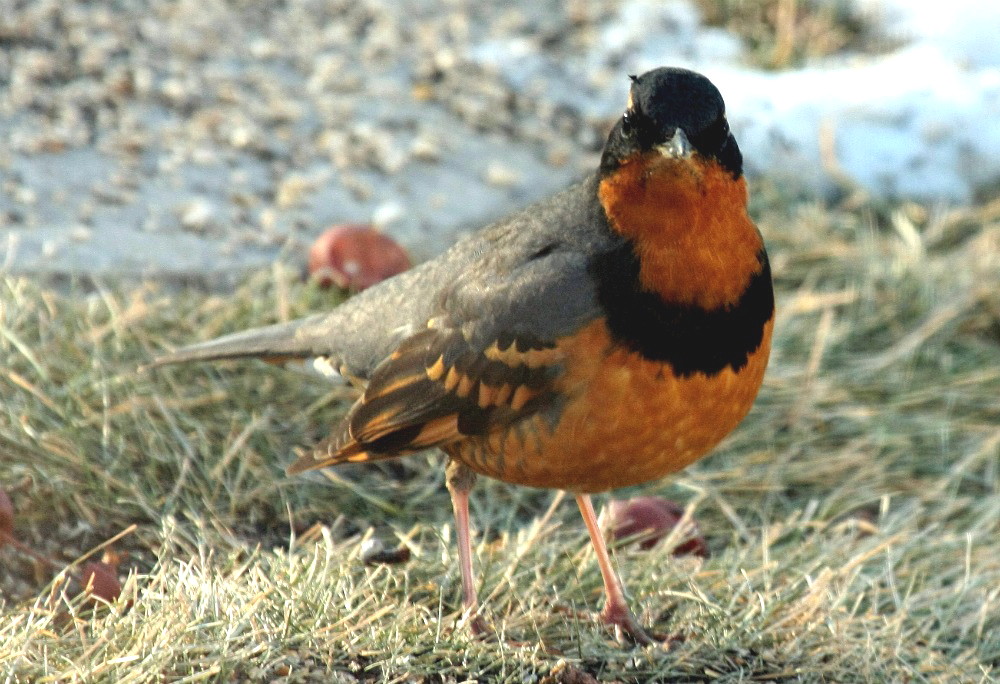
Although the total number of species was a little low, it was an unusually good year for most species of owl. We had all ten of the owls that might be expected here (the 11th, American Barn Owl, is very rarely seen in Alberta, even in the summer). Seven of these have been seen in all 8 winters, but we also had the less common Barred Owl (6th year out of 8), Long-eared Owl (4th year of 8), and Boreal Owl (3rd year of the 8). In addition, many of these were seen on multiple occasions in several different places, and several species like Great Gray Owl and Northern Hawk Owl were seen in much larger numbers than usual.
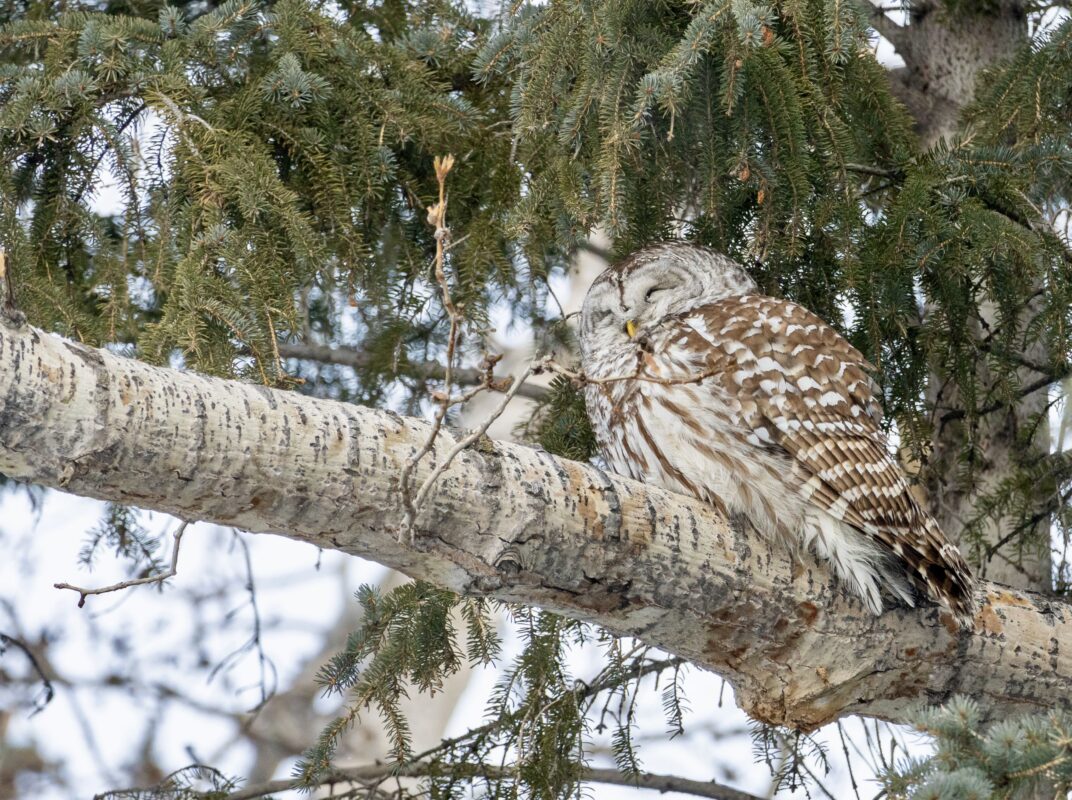
The Calgary list has only been kept since 2017-2018 (eight seasons), so it is too early to perceive many long-term trends, but I think there is one that is evident. Historically, Swans were rarely seen in the area during the winter months but Trumpeter Swans have been recorded on the winter list in each of the eight years of the count. Tundras are on the past seven lists. The numbers of overwintering swans on the Bow River are increasing, with groups of up to fifteen birds being reported this winter, and they tend to stay all winter.
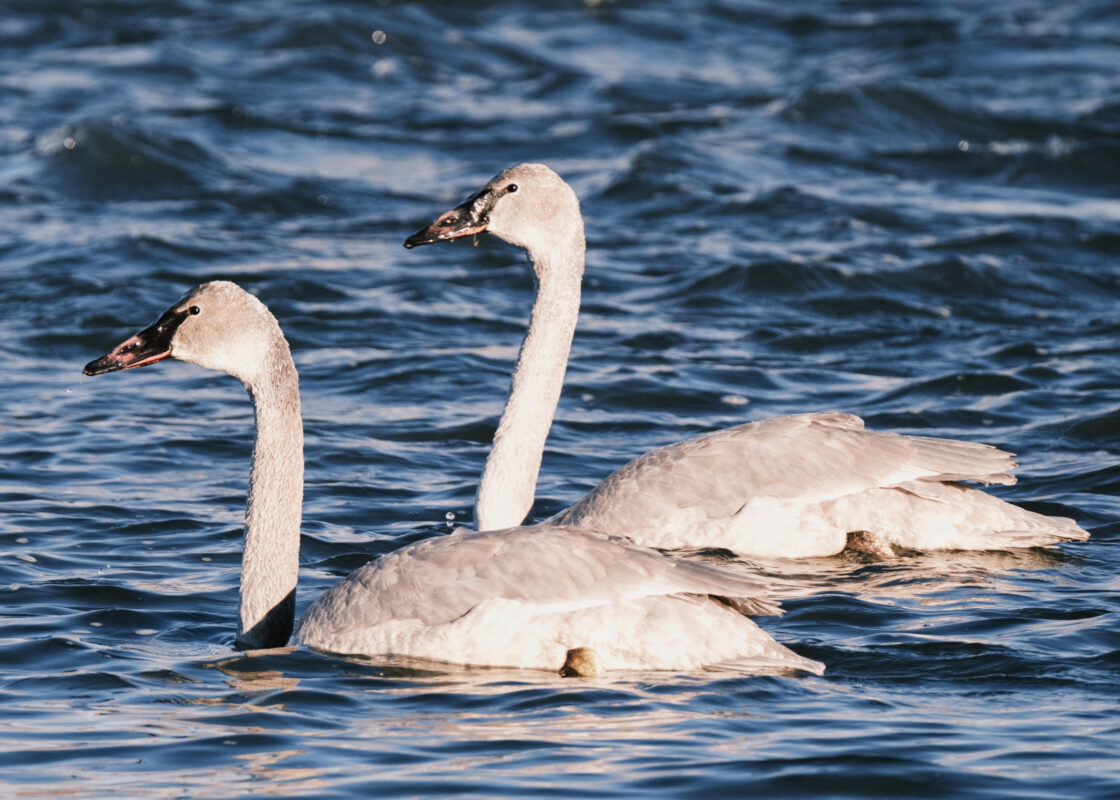
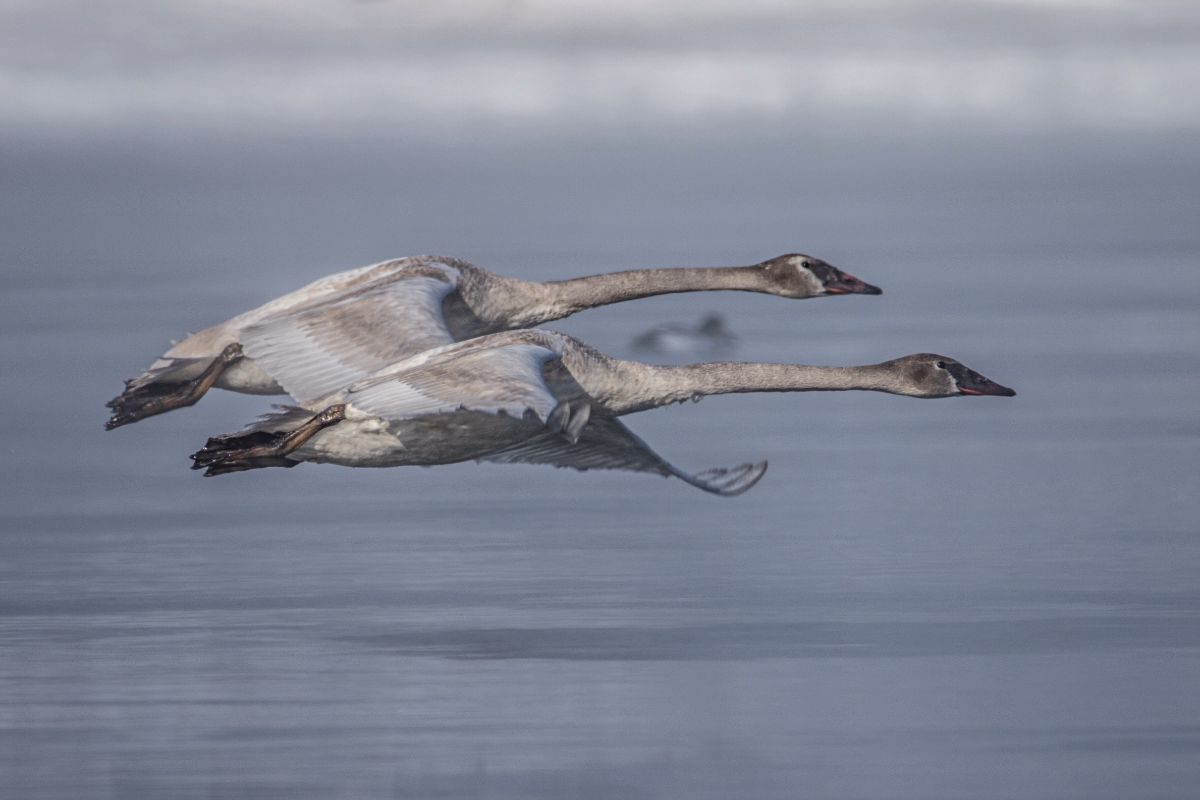
Below is a table showing how many species have been seen every year, 7/8 years, 6/8, and so on down to 1/8 years.
Frequency of Overwintering Species
| Number of Years Seen | Number of Species |
|---|---|
| 8 out of 8 years | 86 |
| 7/8 | 9 |
| 6/8 | 8 |
| 5/8 | 7 |
| 4/8 | 3 |
| 3/8 | 6 |
| 2/8 | 10 |
| 1/8 | 27 |
It’s an interesting and smooth distribution. There are are a large number of bird species (86) that are either year-round residents like House Sparrows and Black-billed Magpies, winter migrants that are not here in summer but are on their normal winter ranges, like Pine Grosbeak and Northern Shrike, and species that always overwinter here in decent numbers, north of their usual winter range, like American Robin and White-throated Sparrow.
Then there are 5/8, 6/8 and 7/8 species, which usually overwinter or are in low numbers so that they are difficult to find, and finally, there are quite a few species that would be considered unusual finds in the winter – the 4/8 years down to 1/8.
Once again, here is a link to the list, and from there you can navigate to all of the Alberta Winter lists and see what has been found in the Bow Valley, Edmonton region, and in the entire province.
We will do it all again starting on December 1st!
